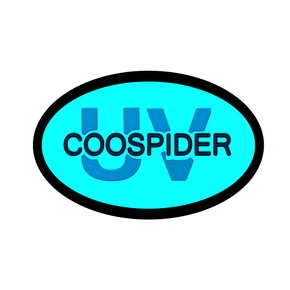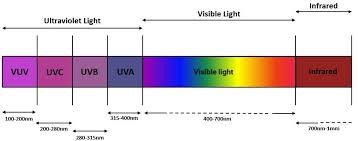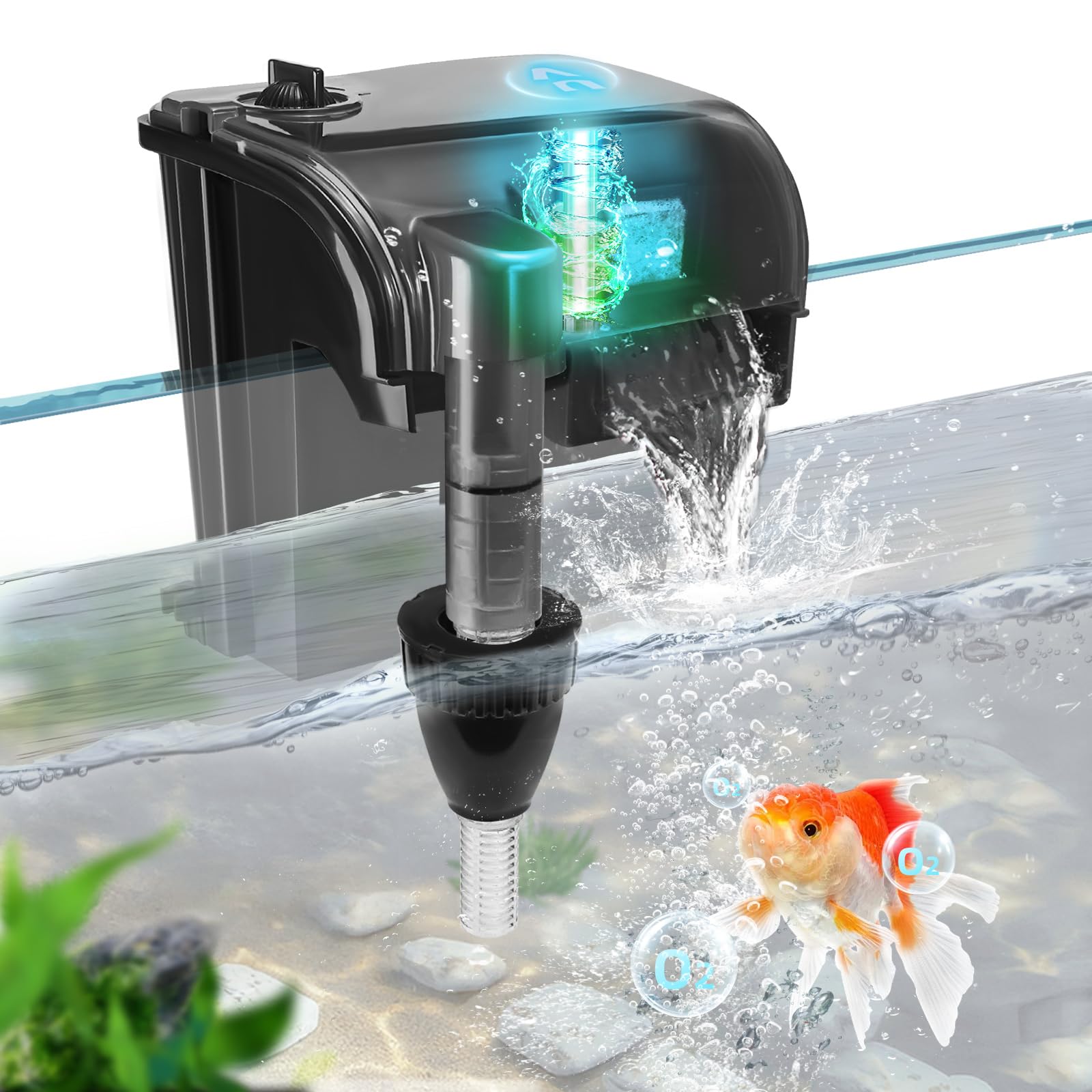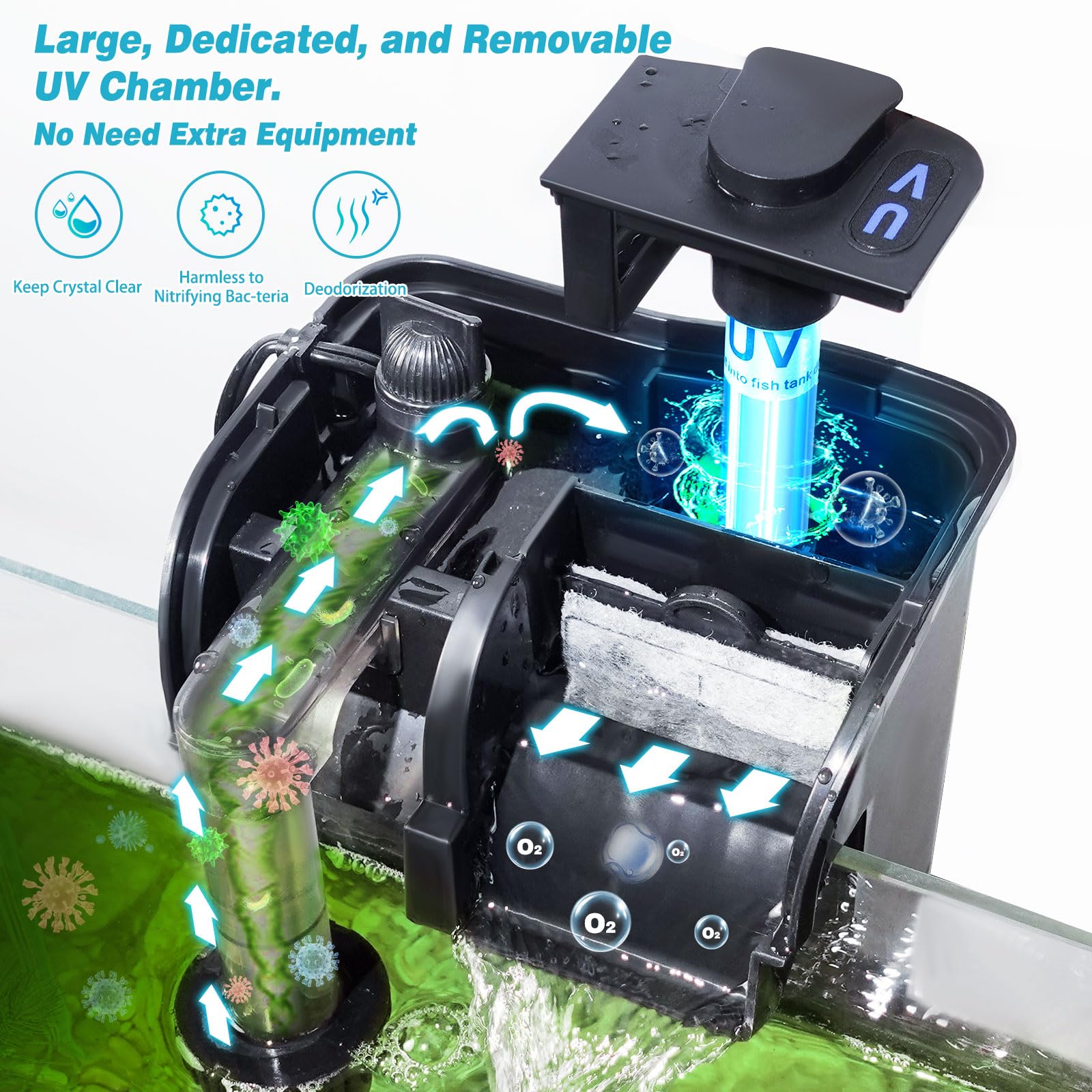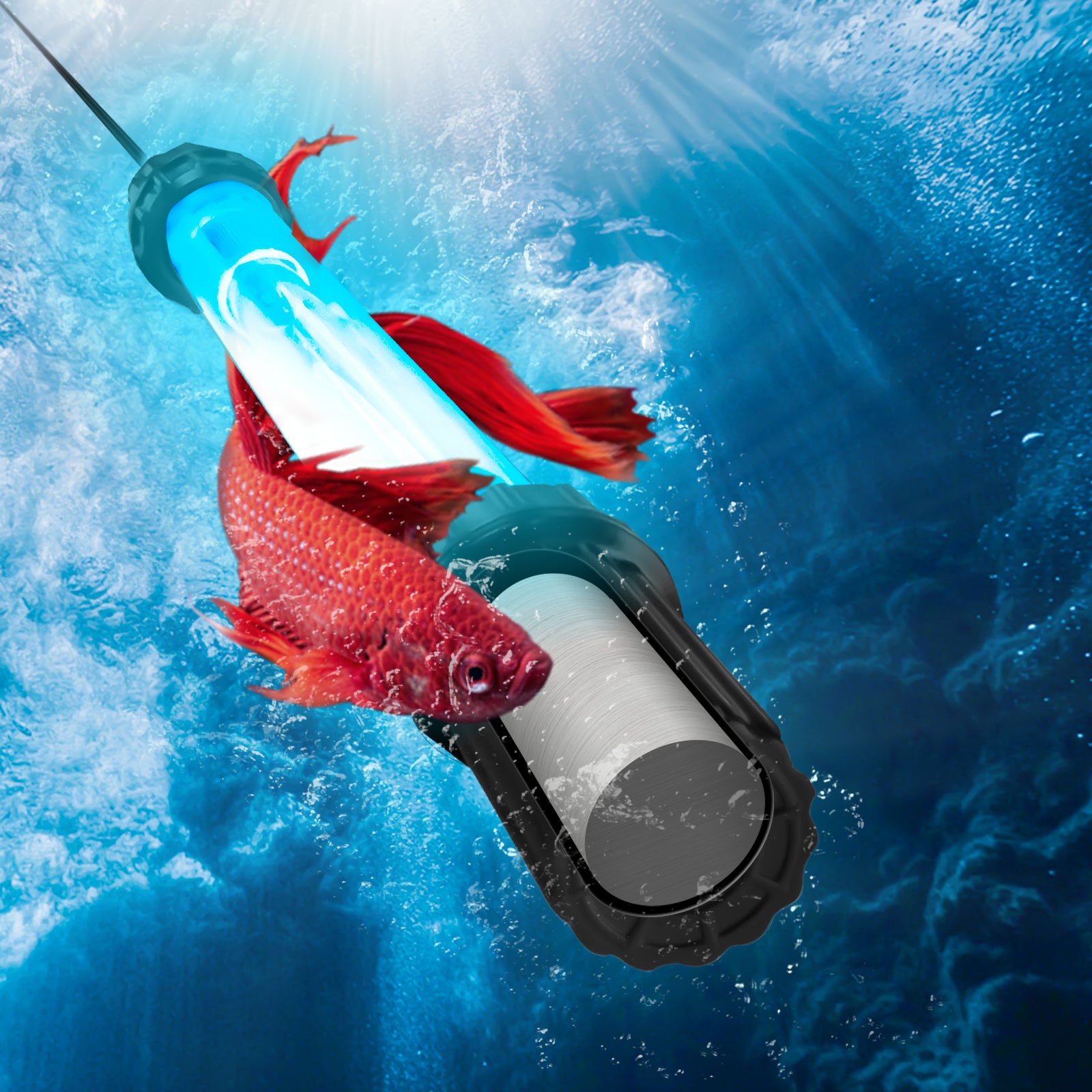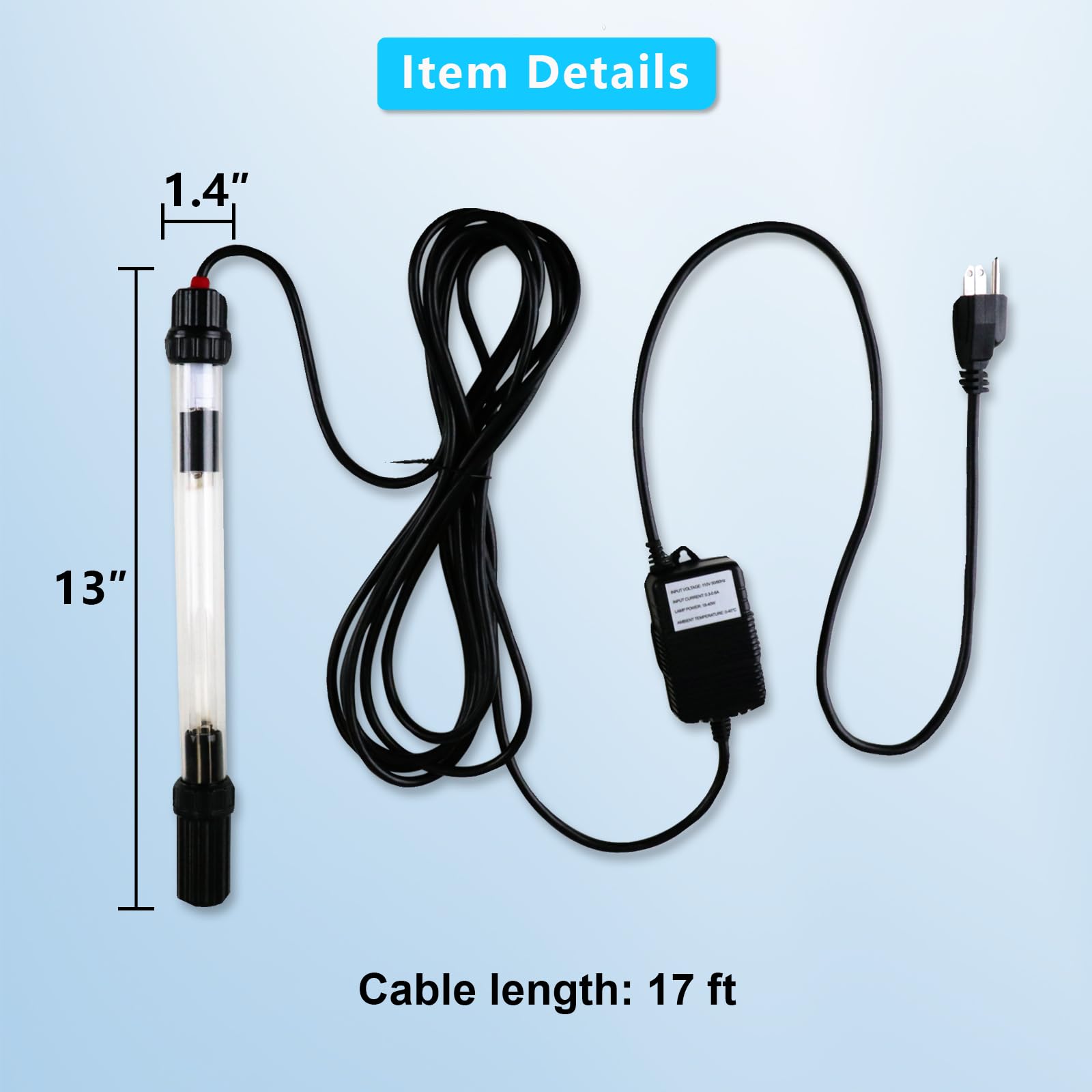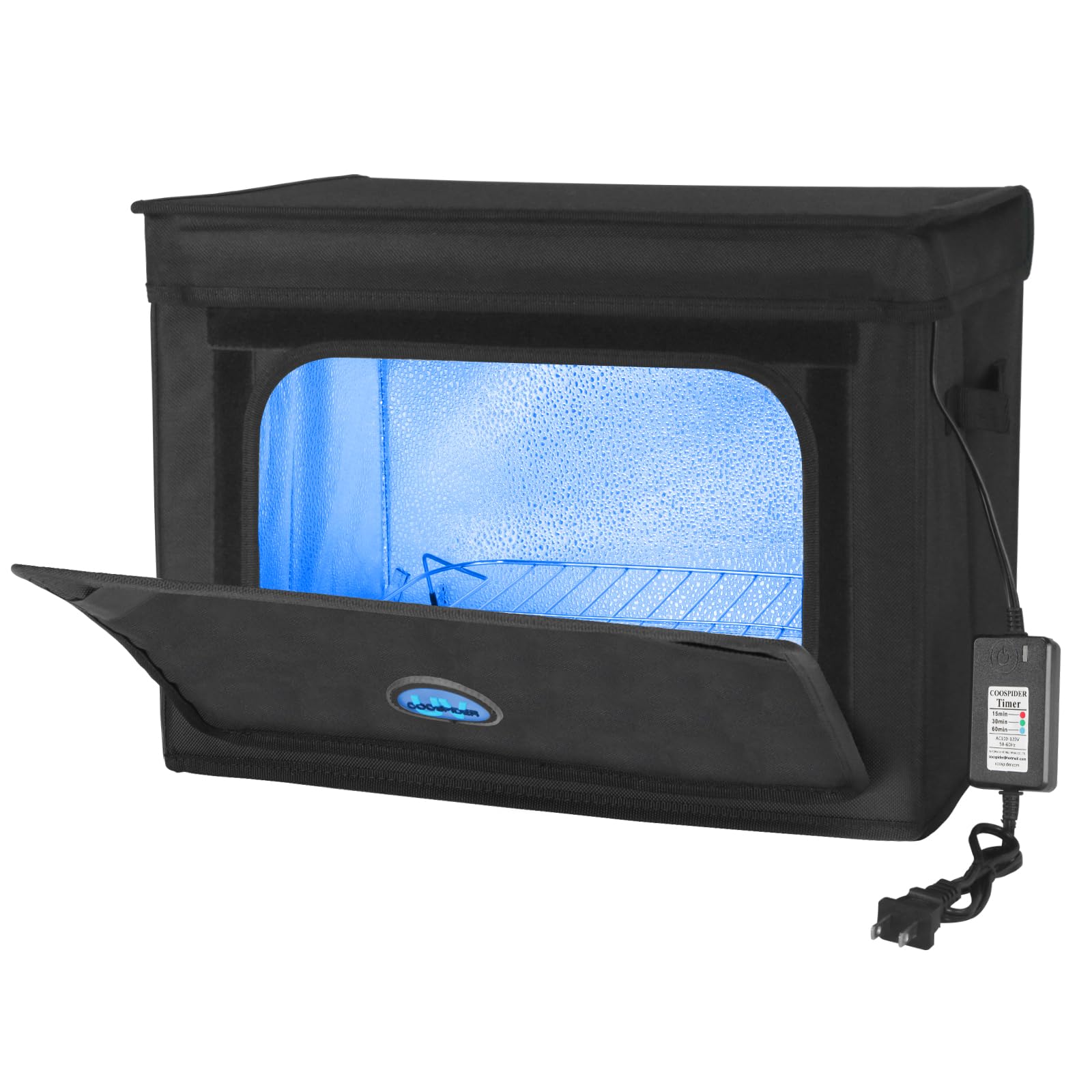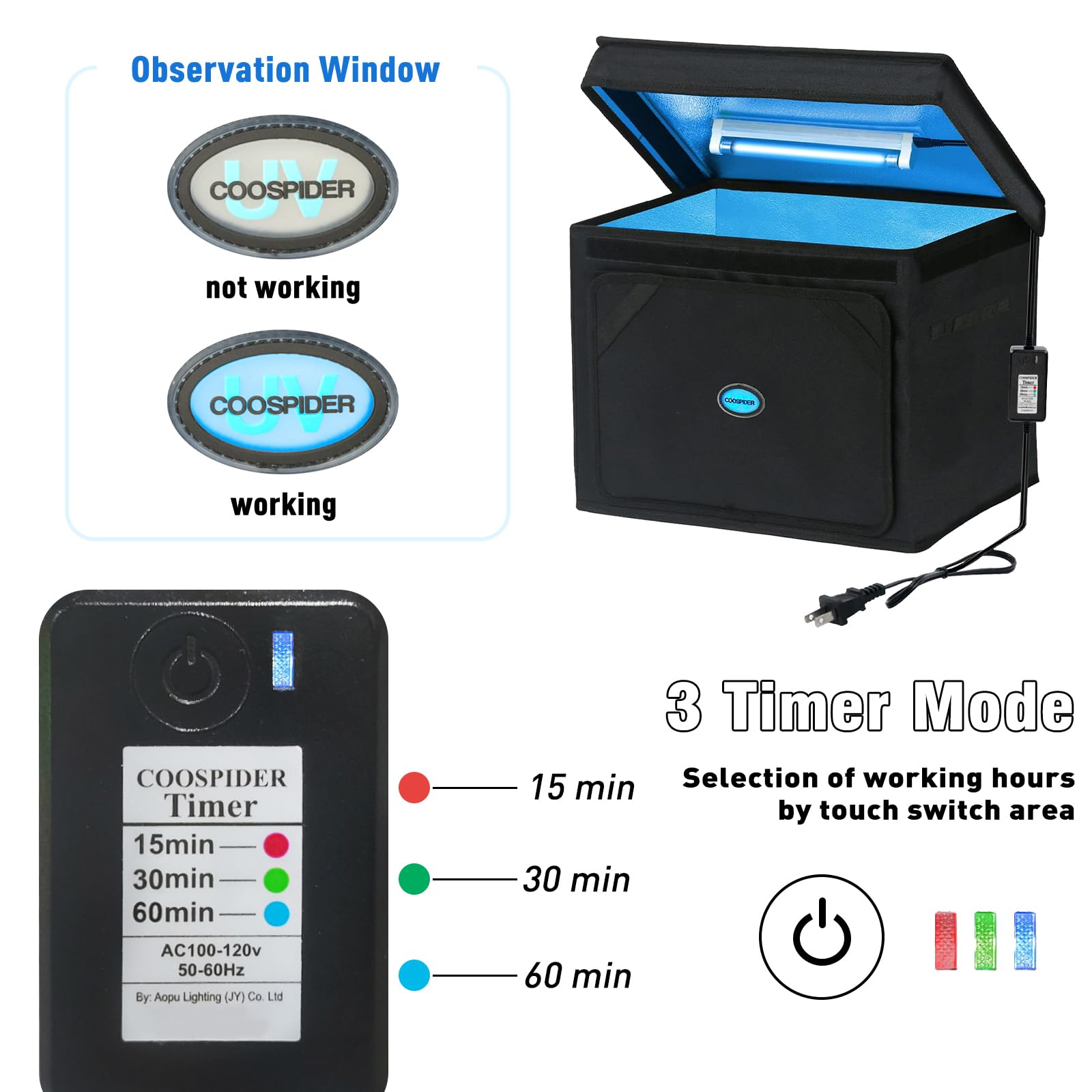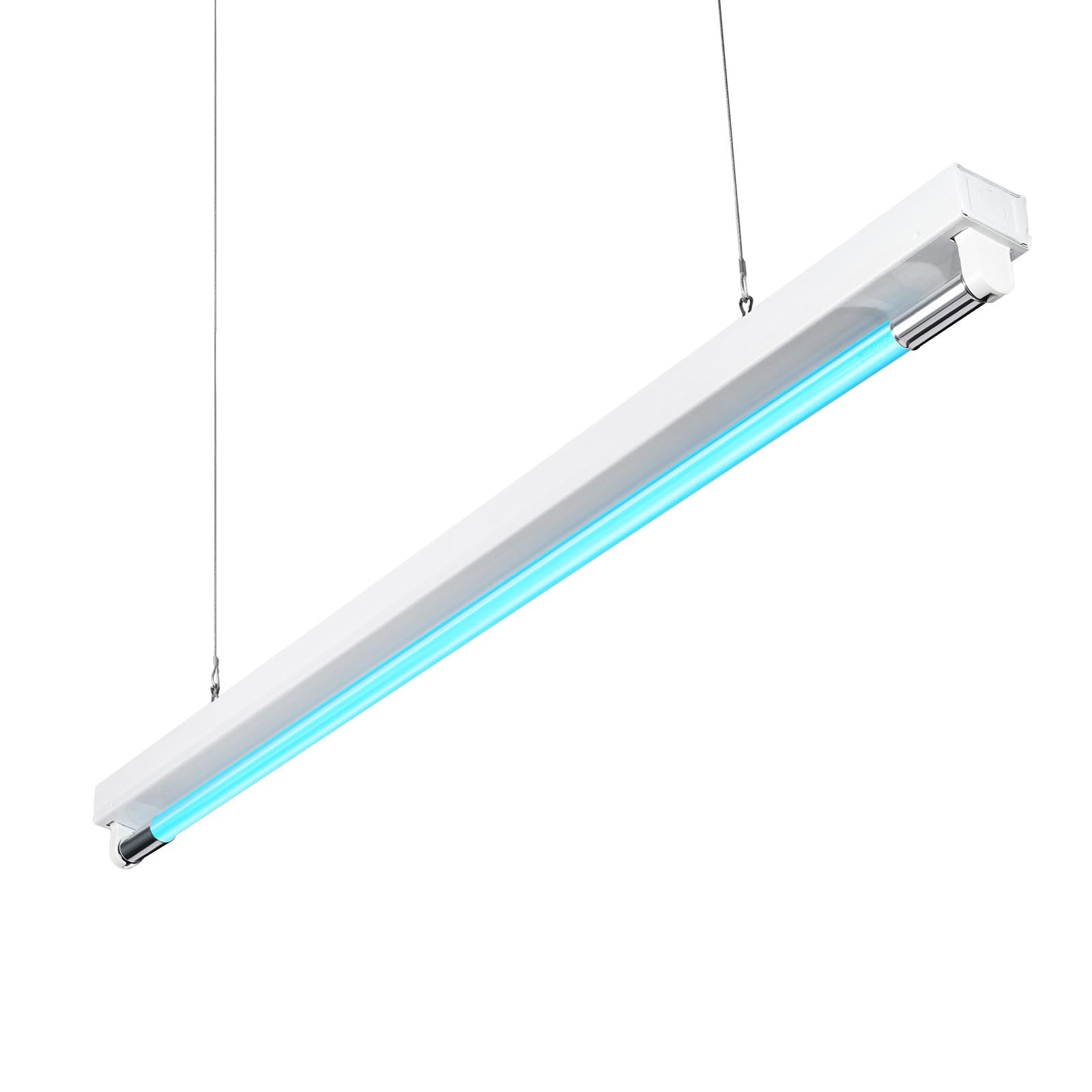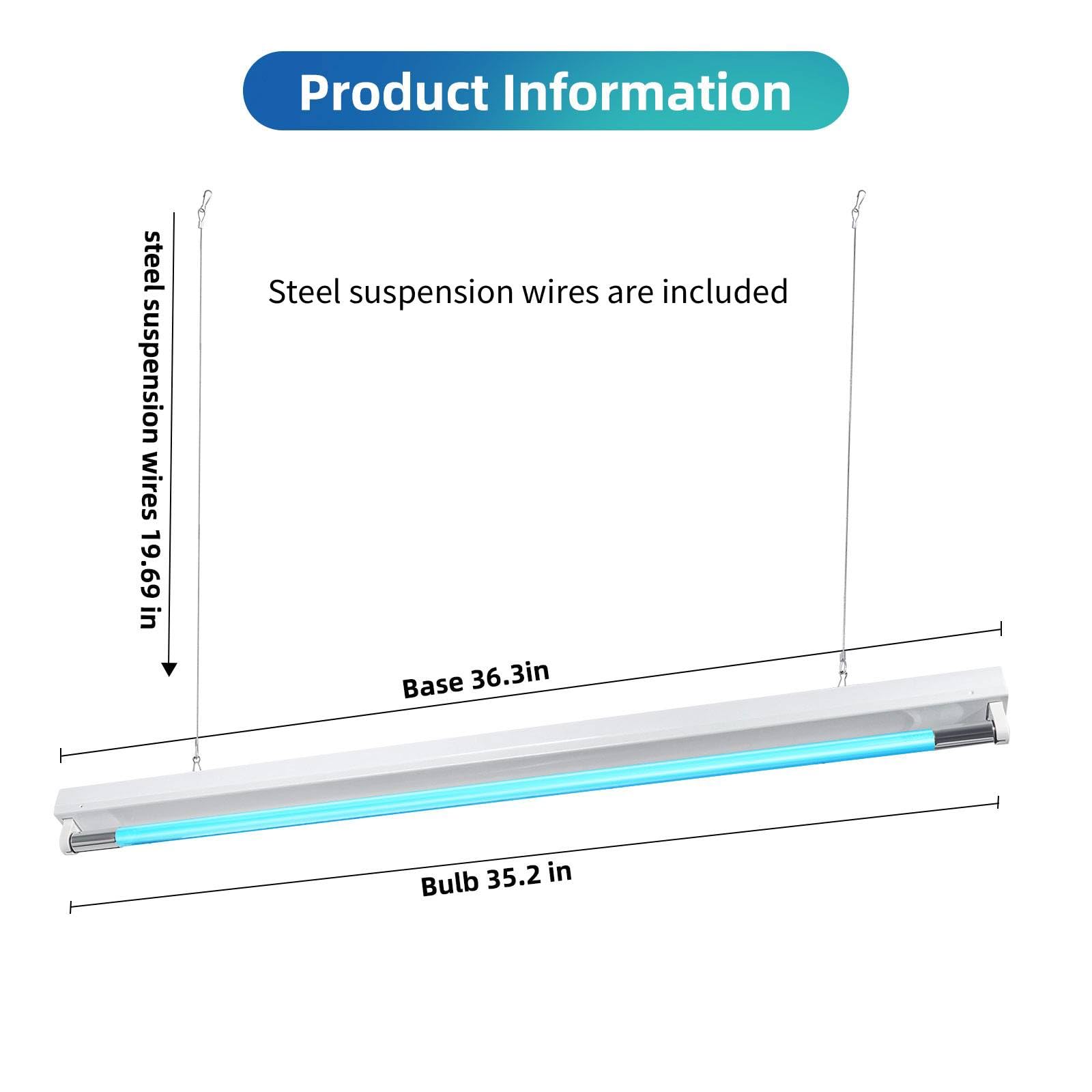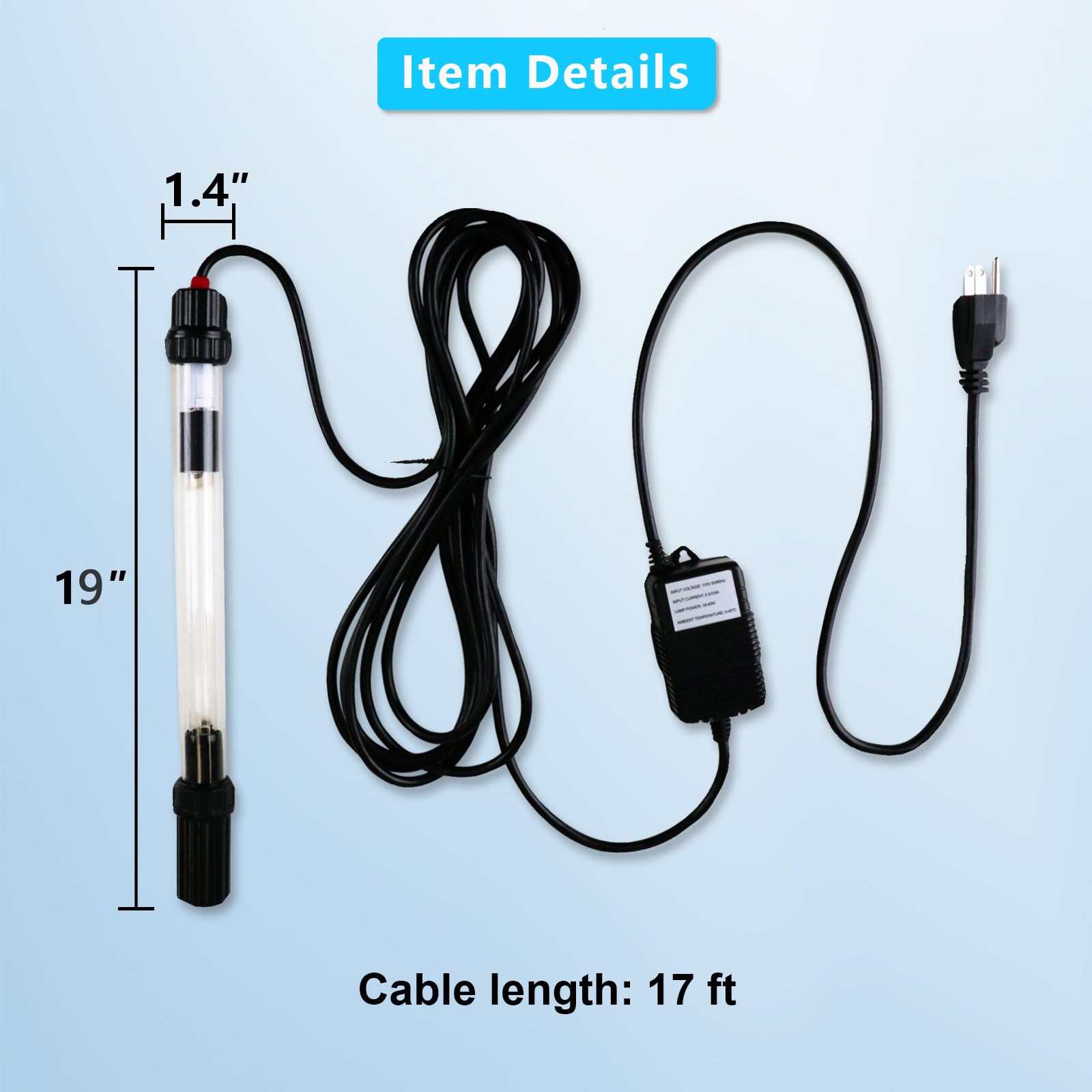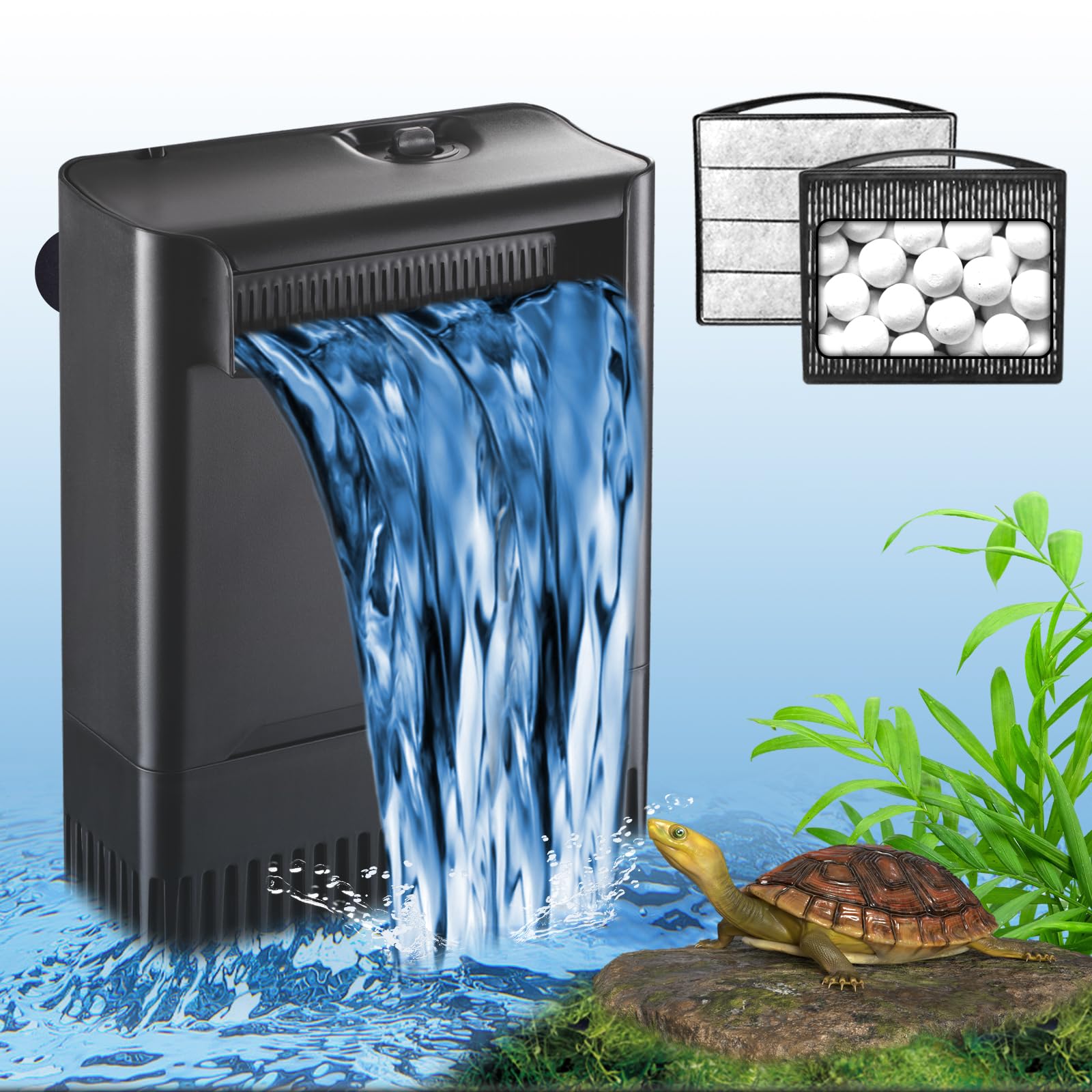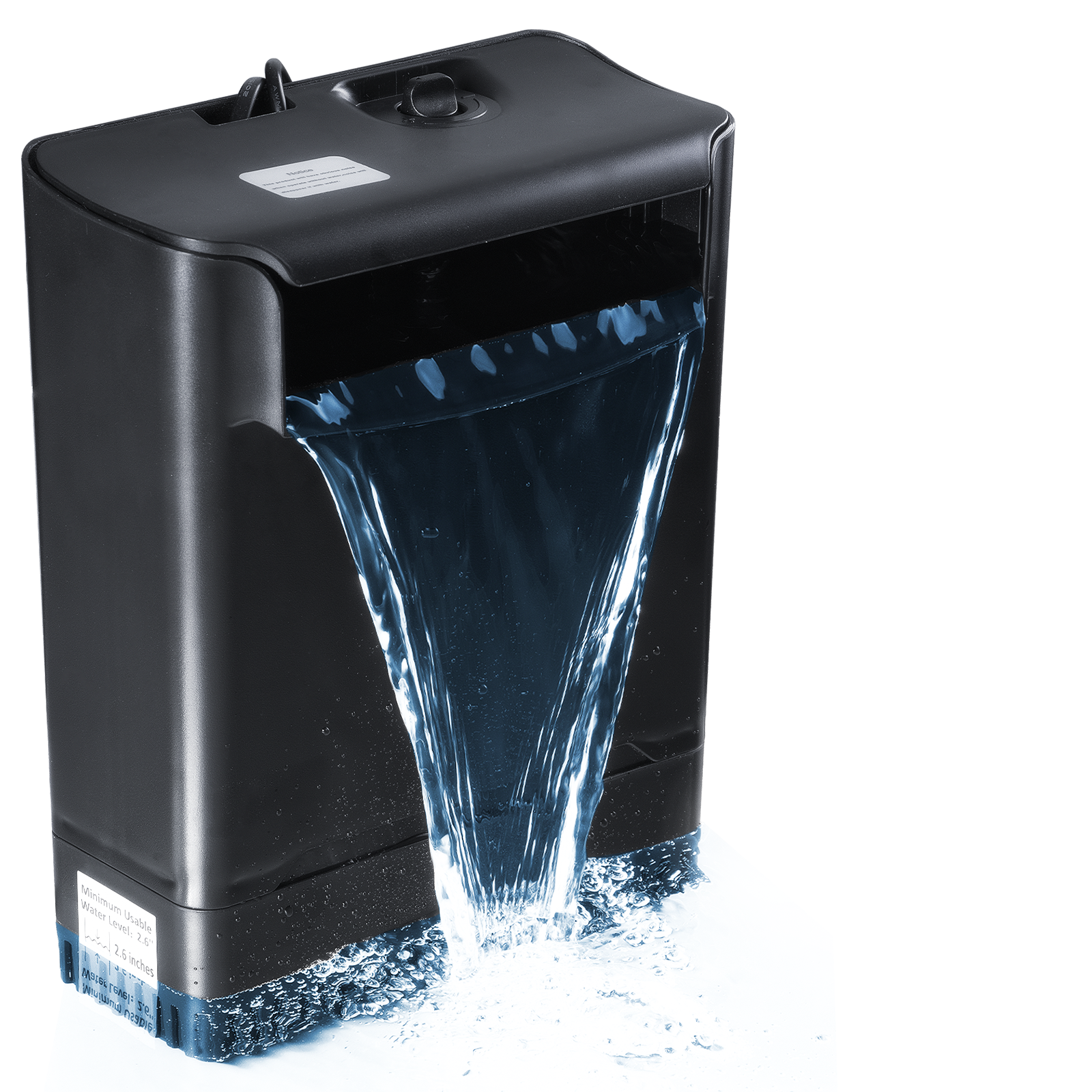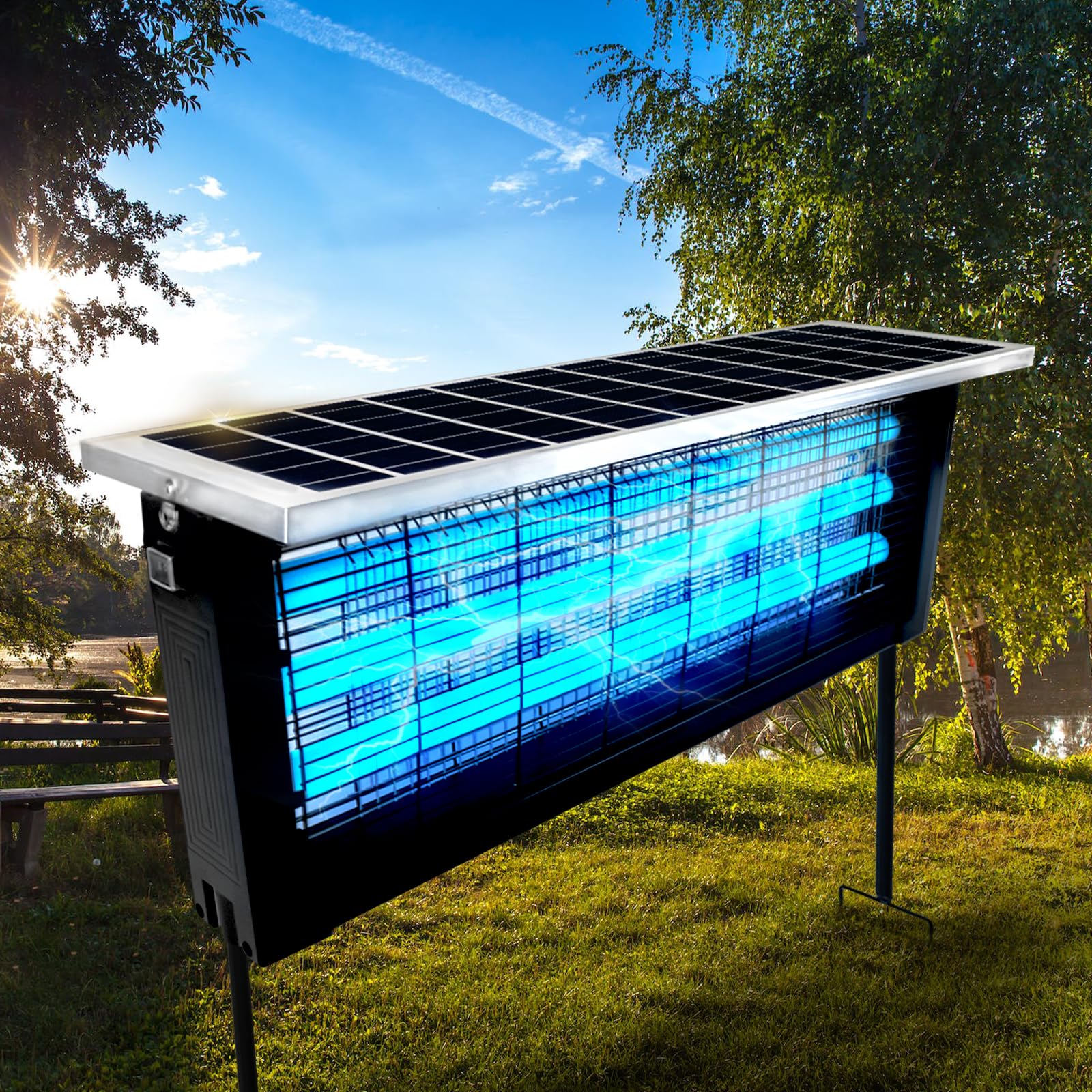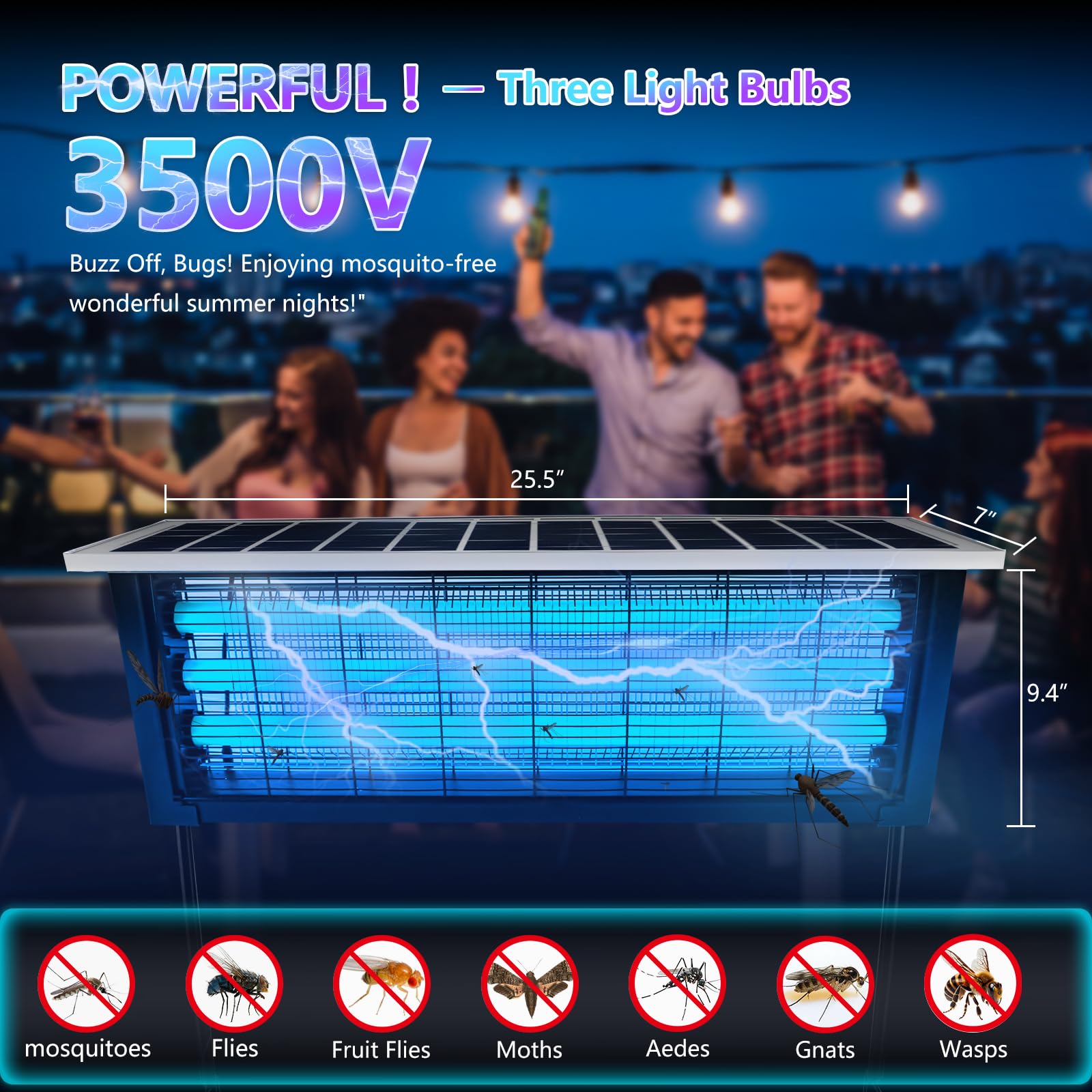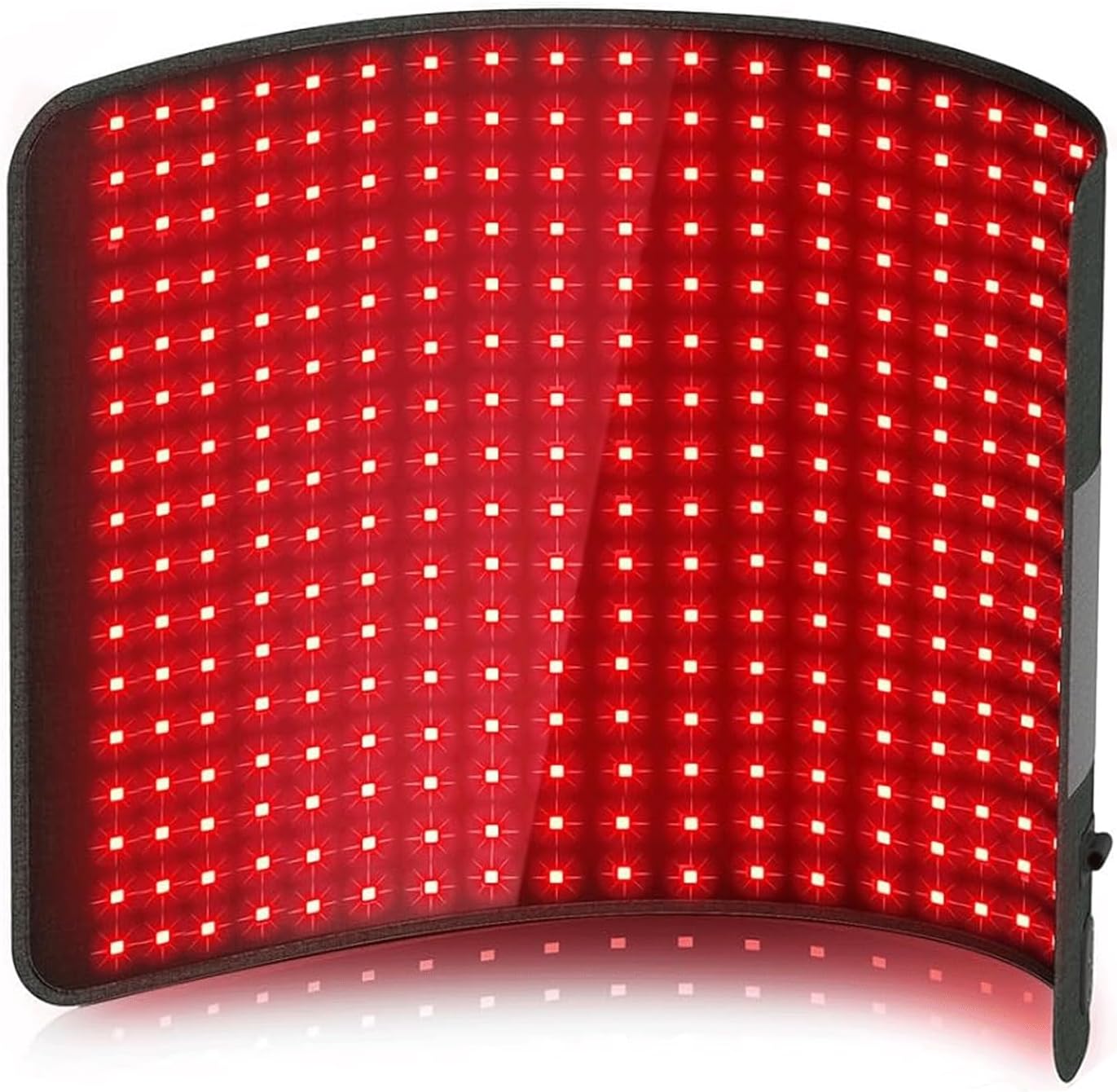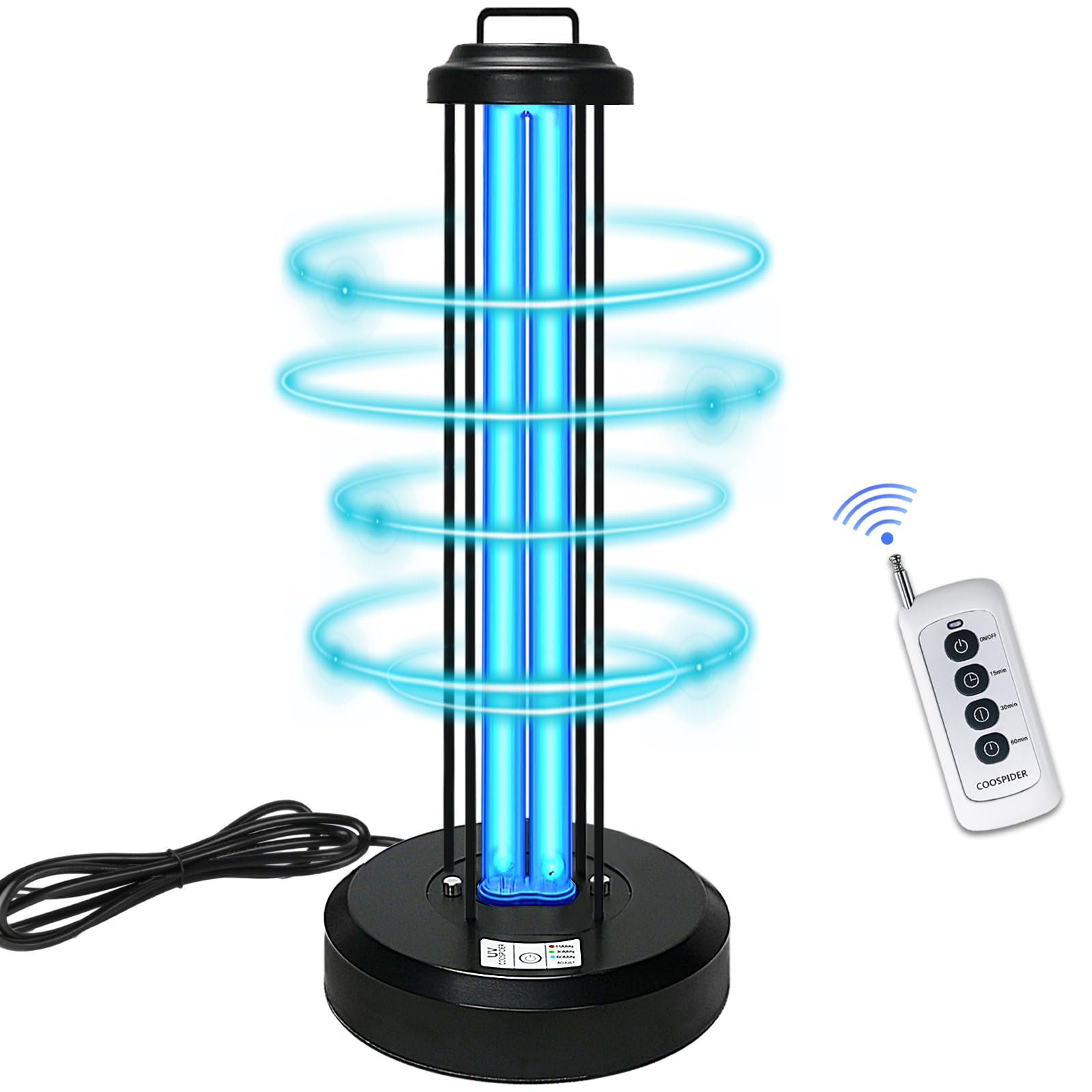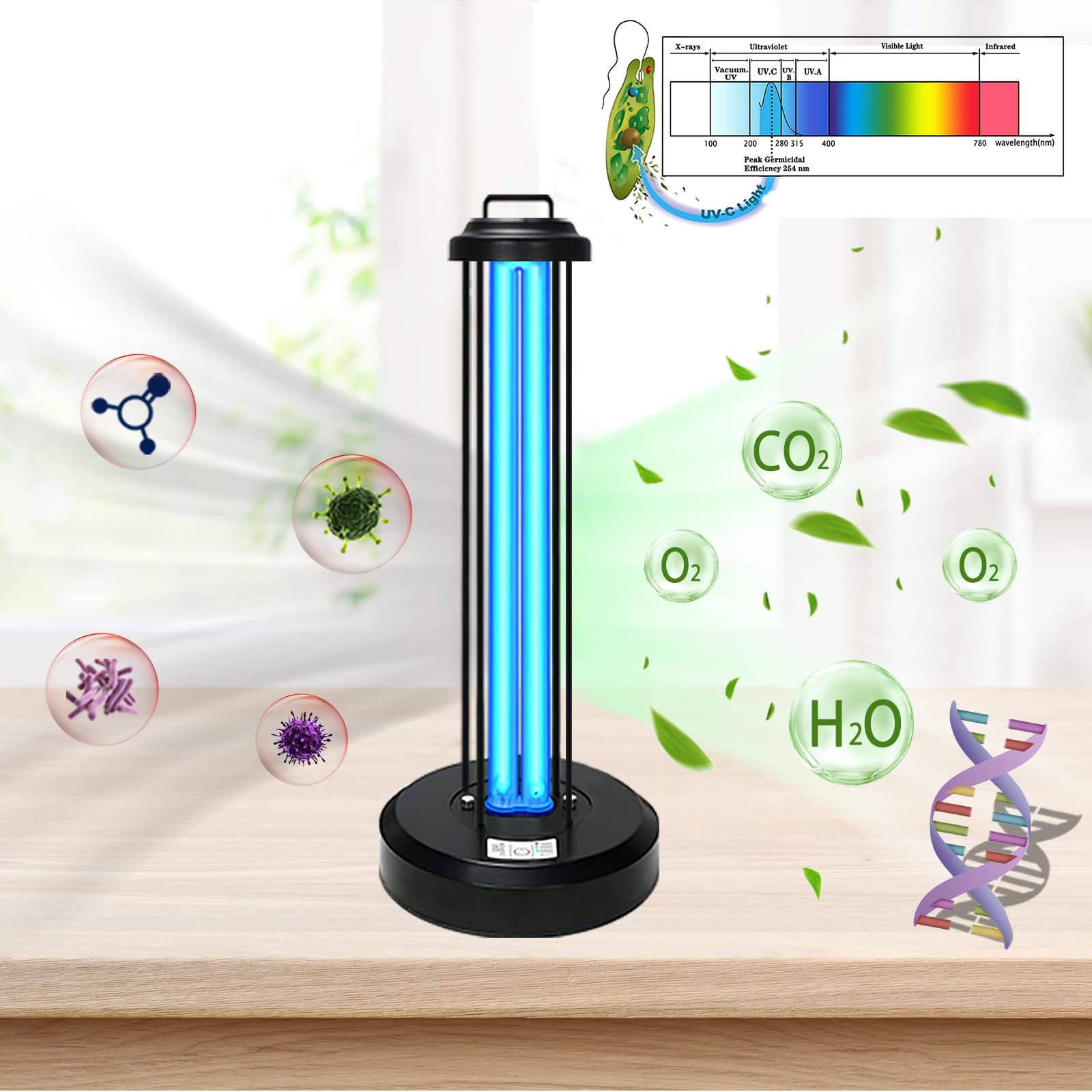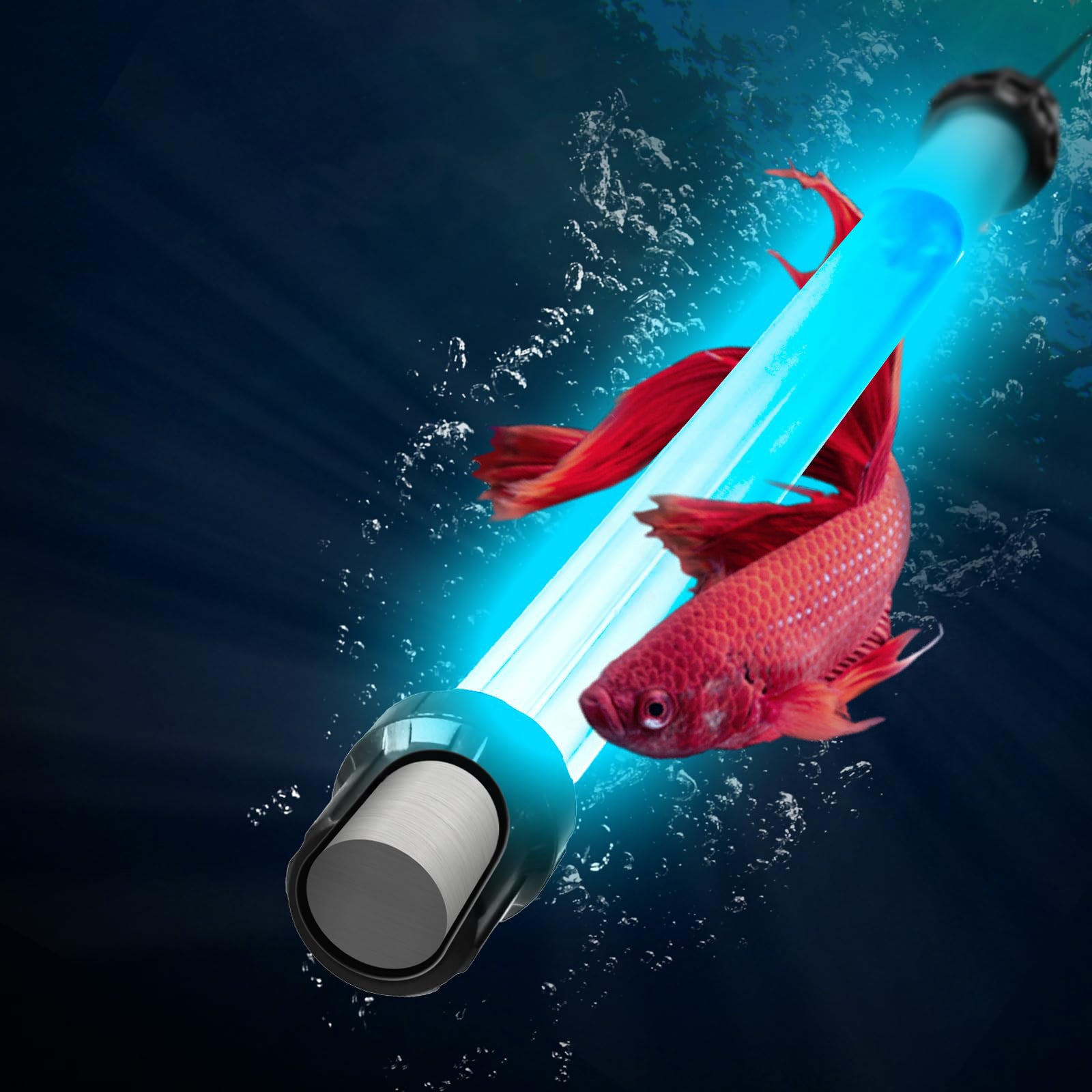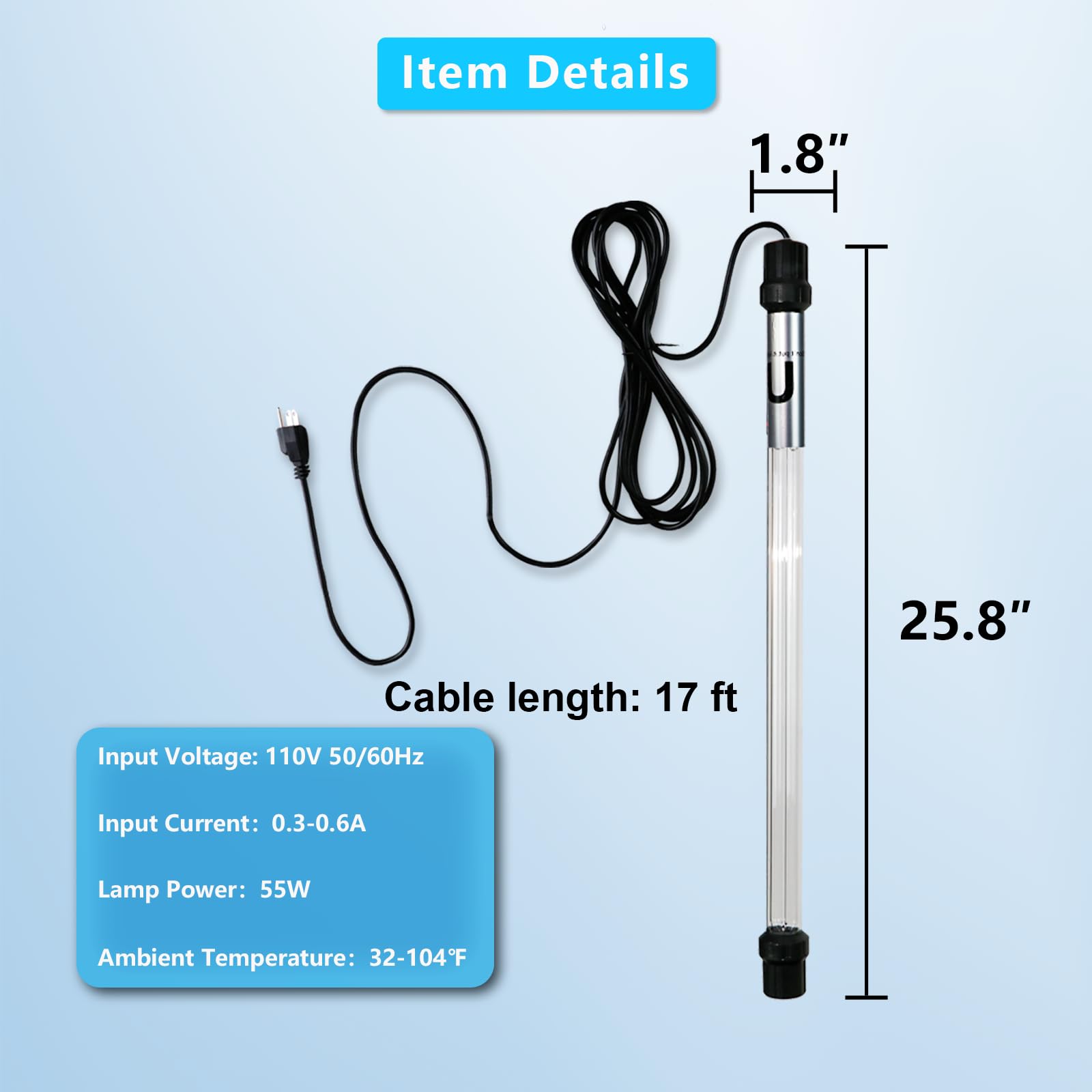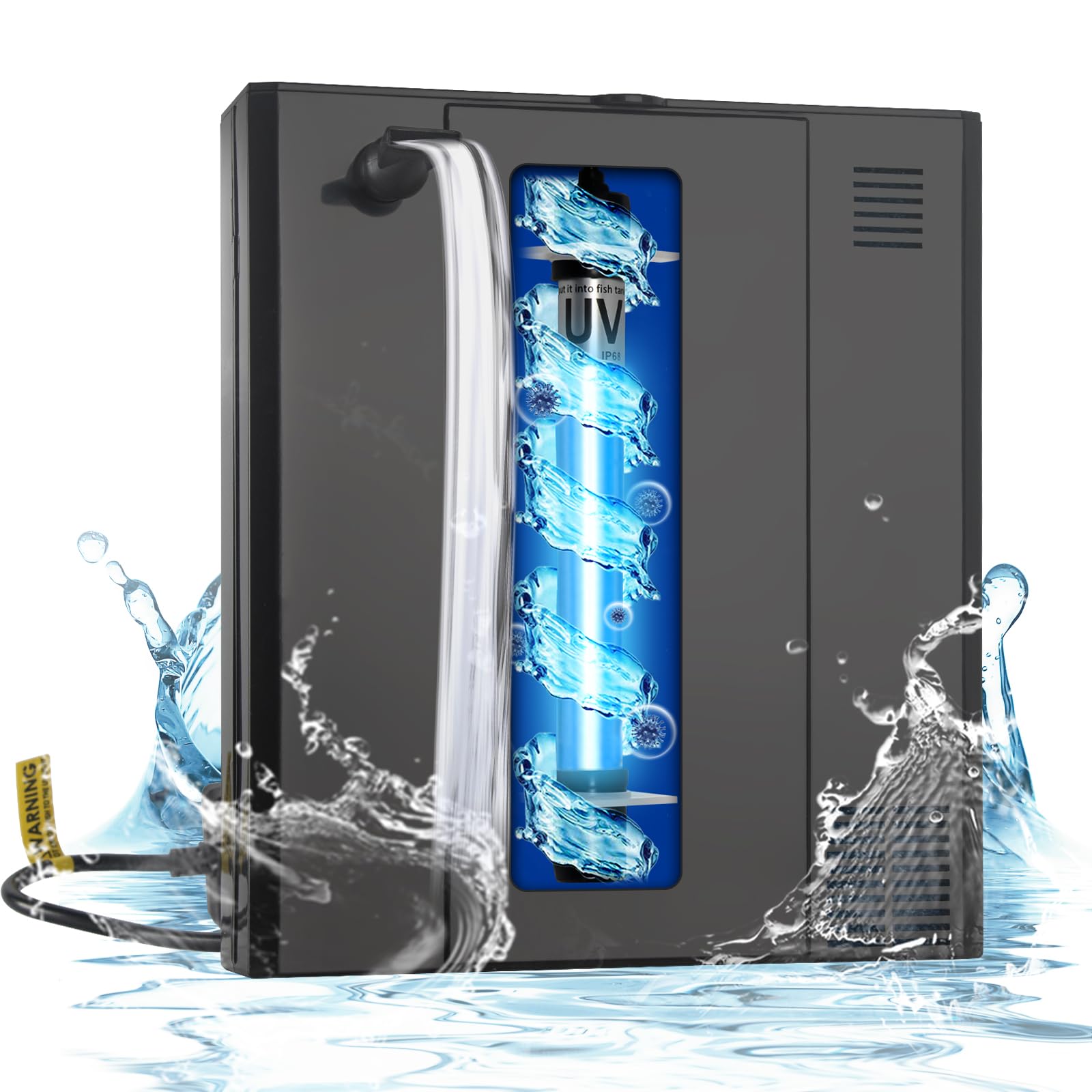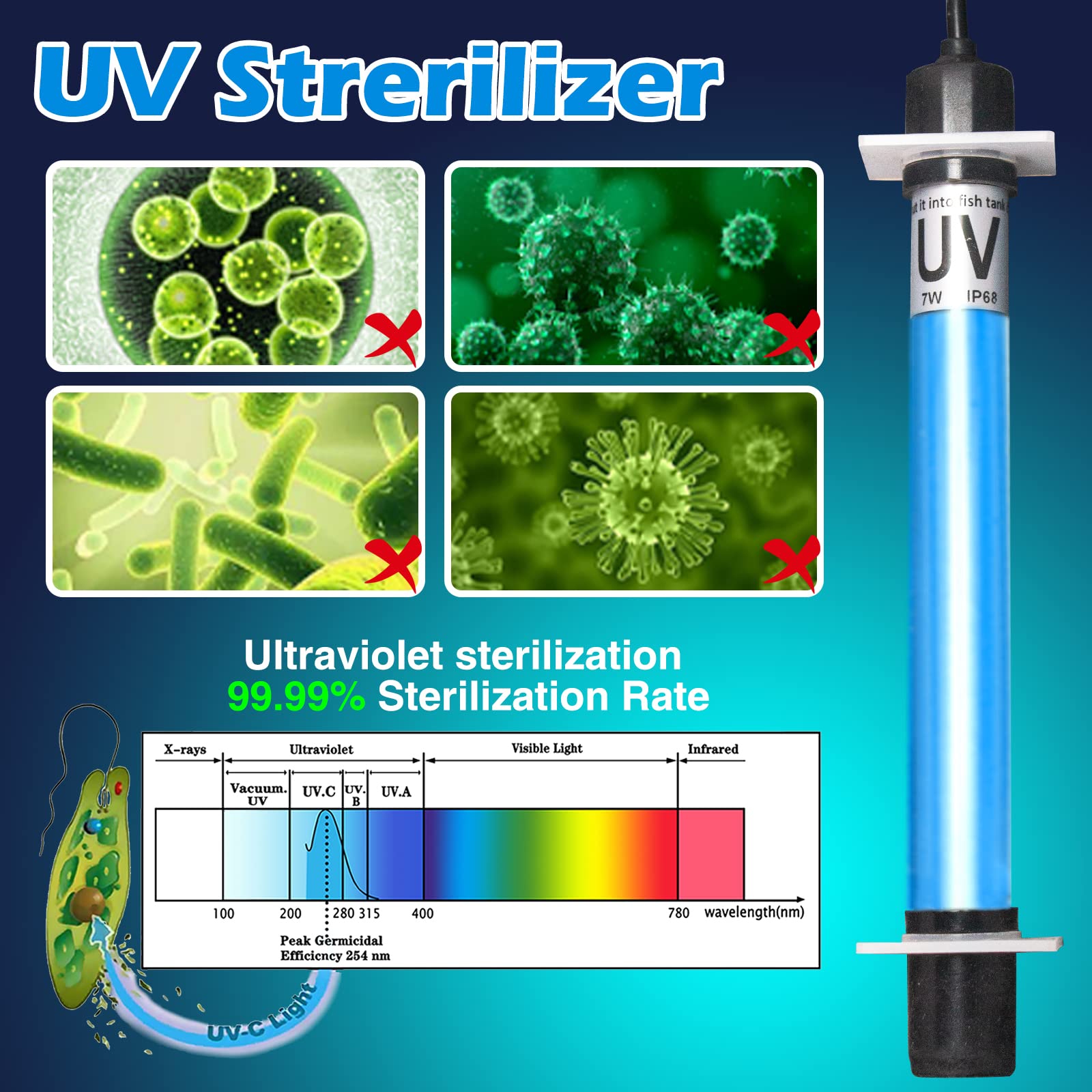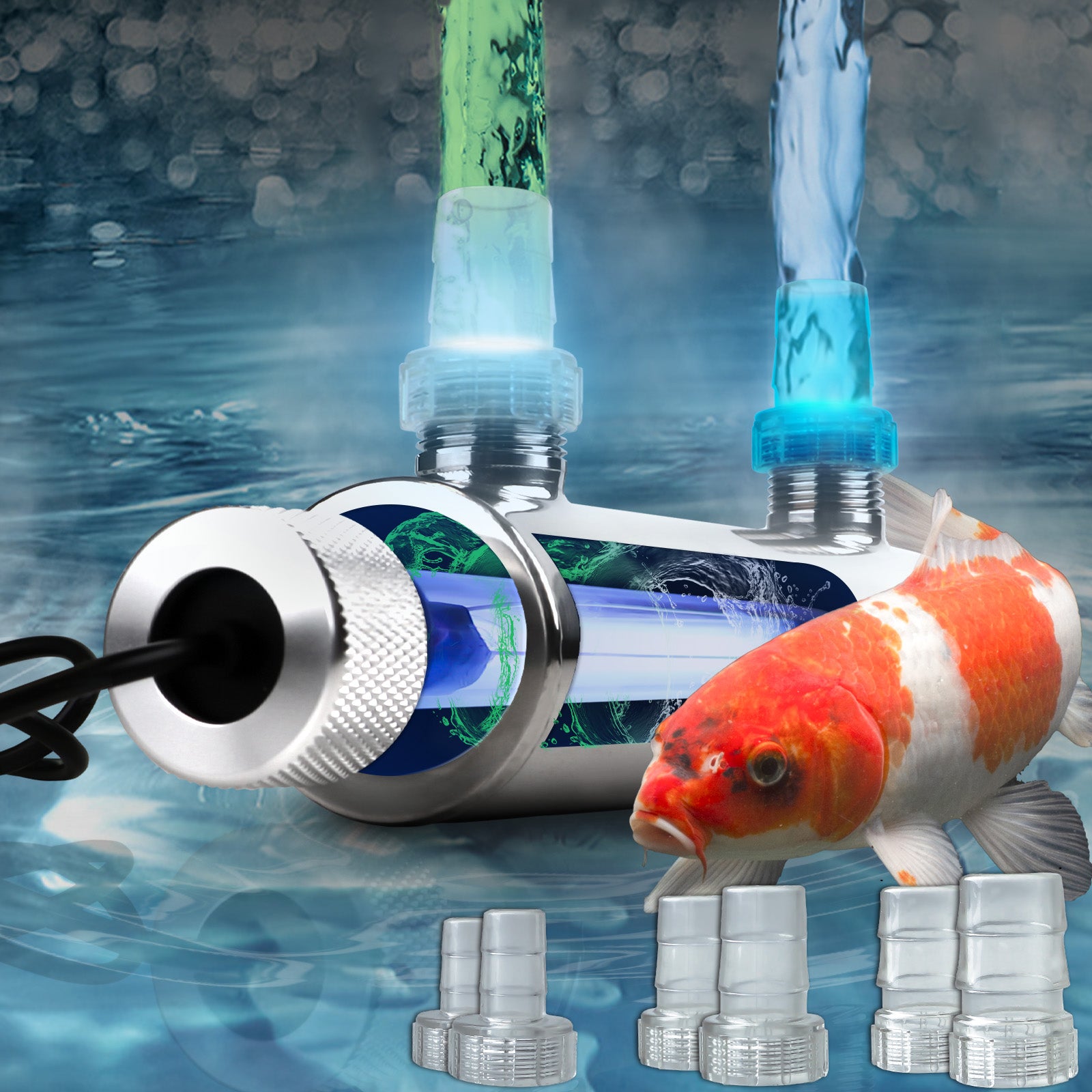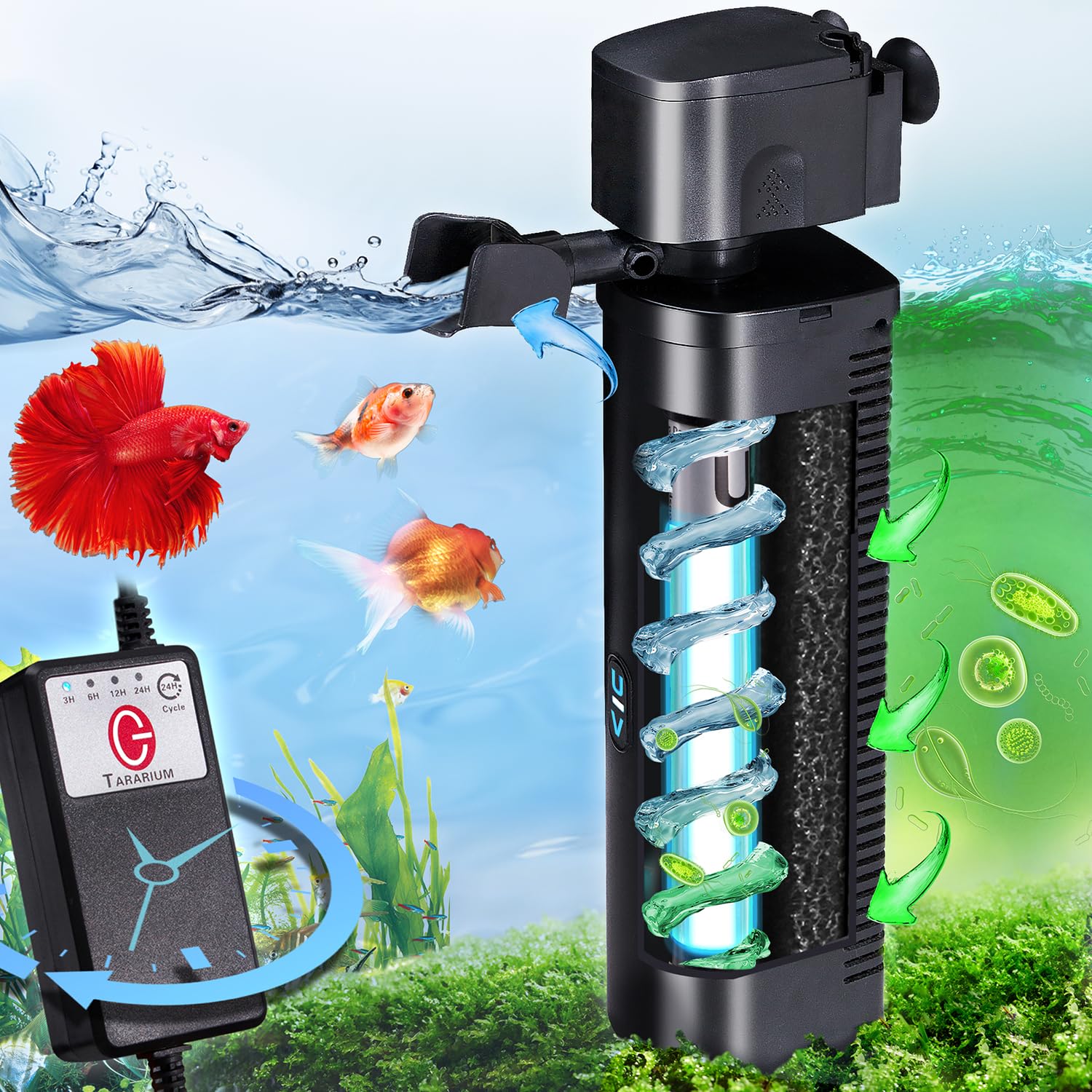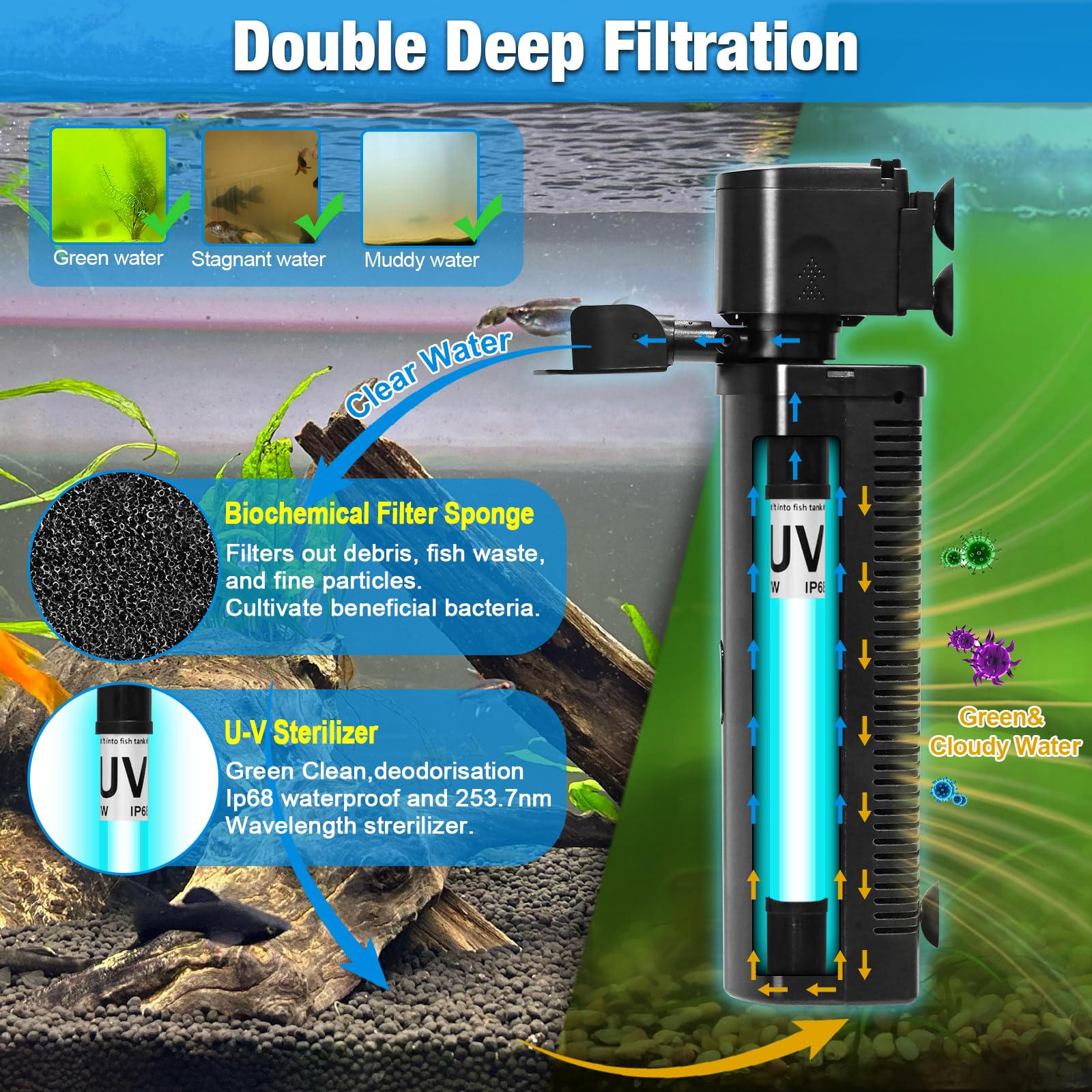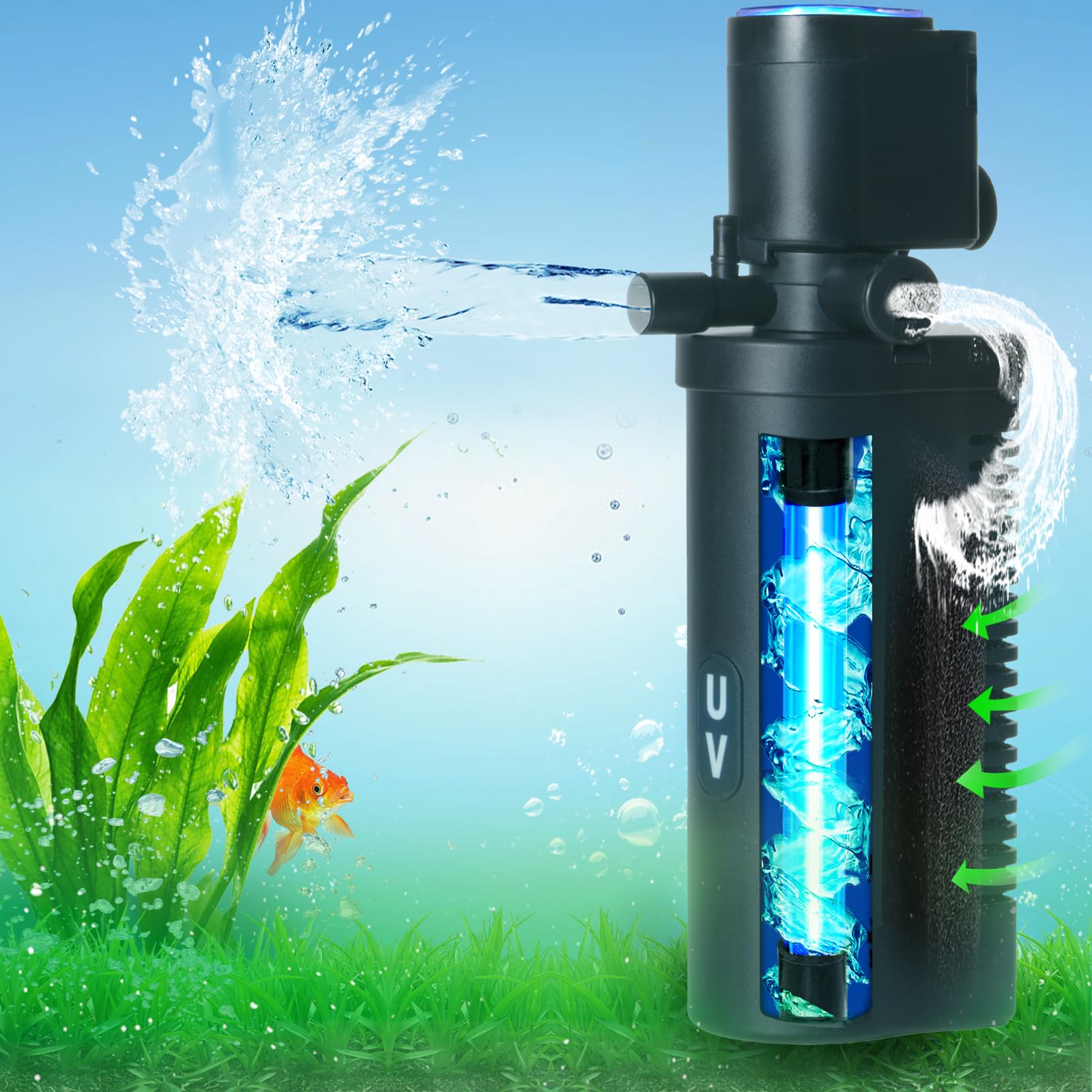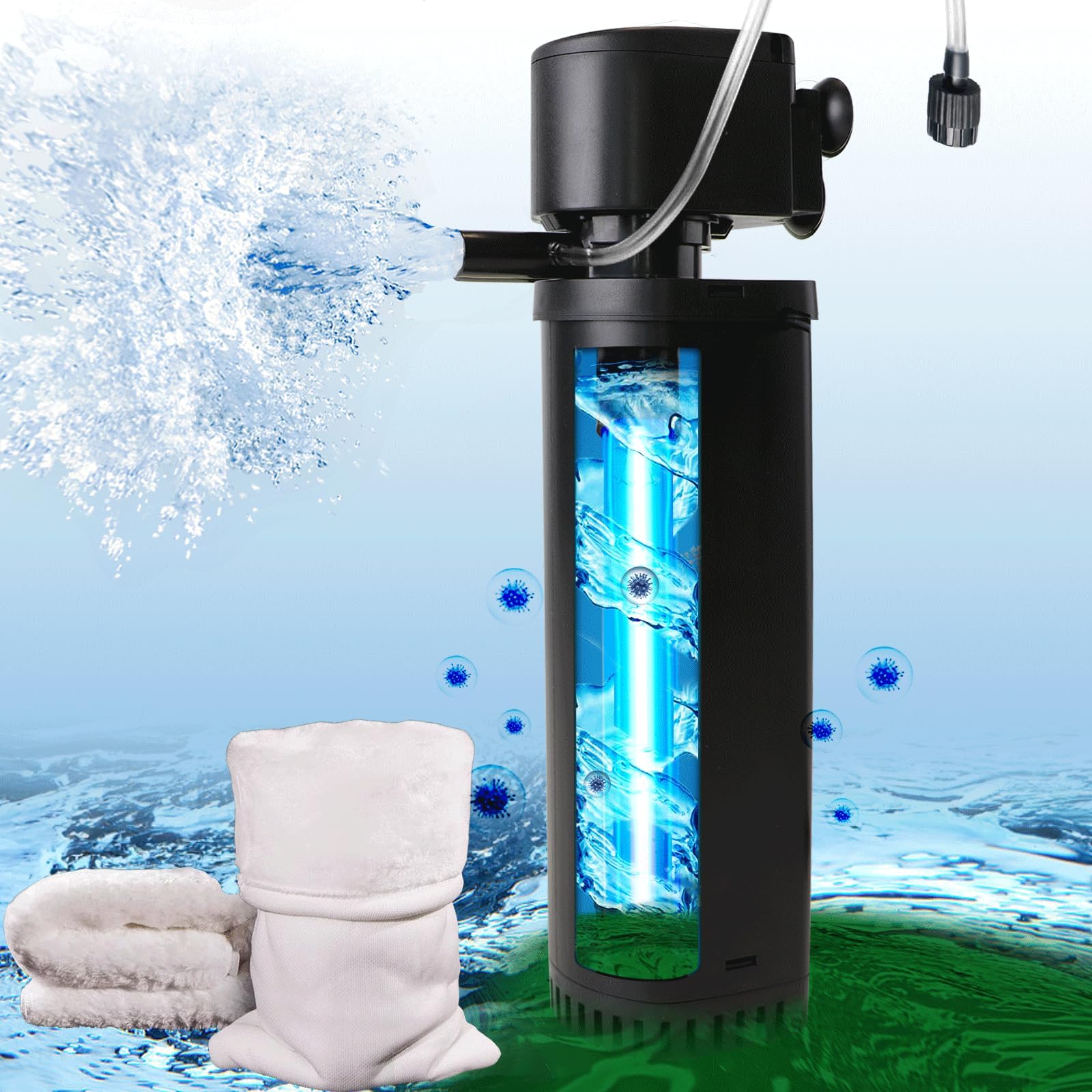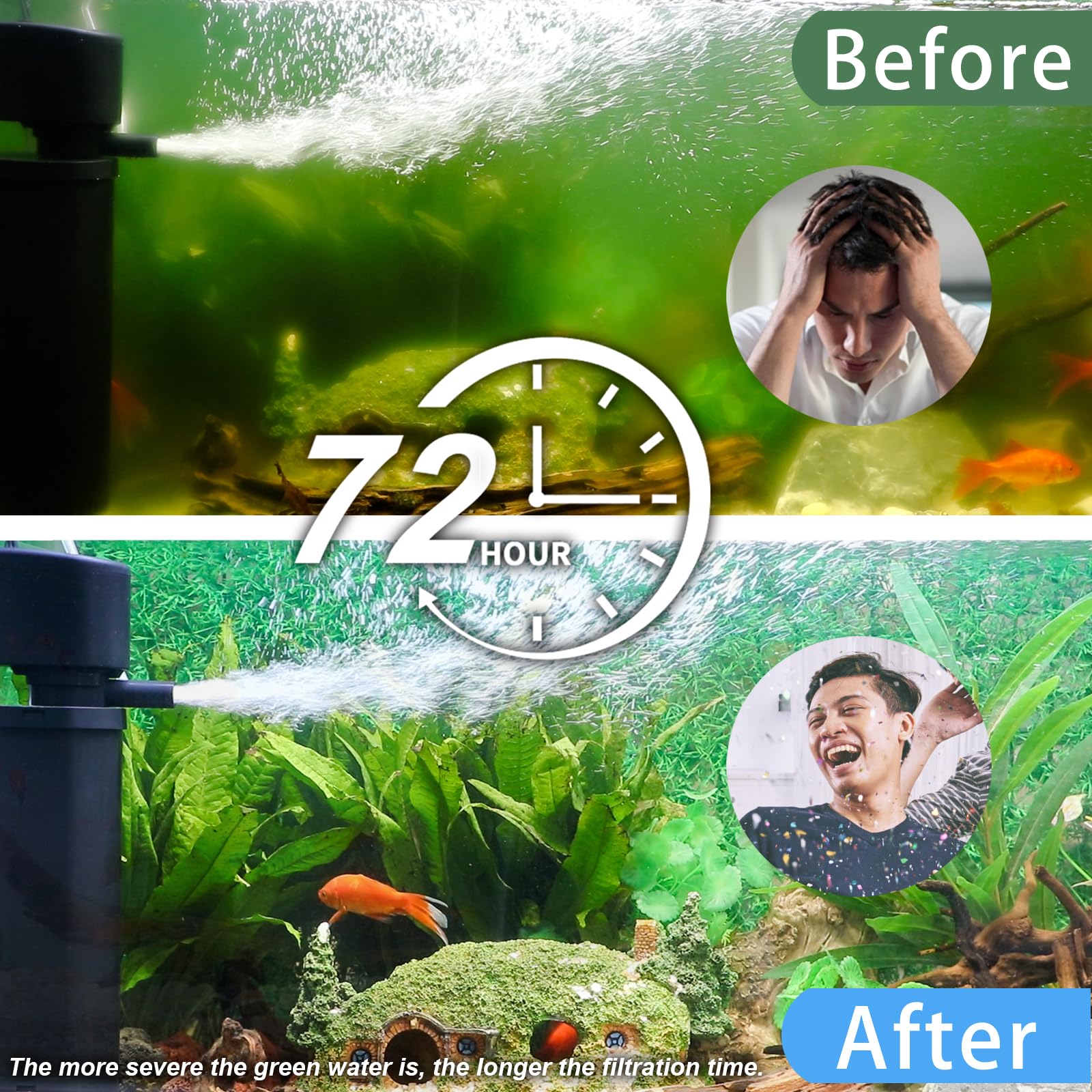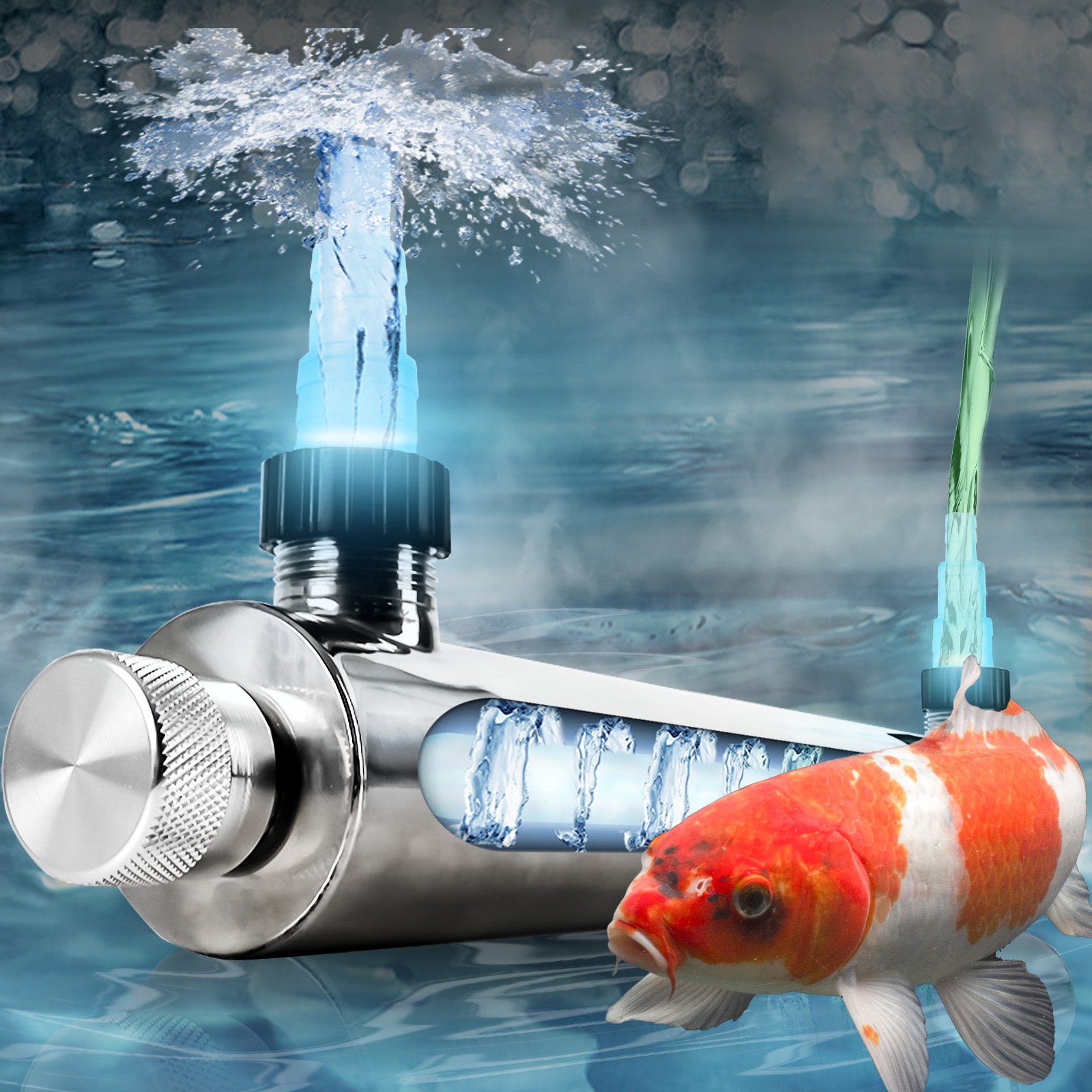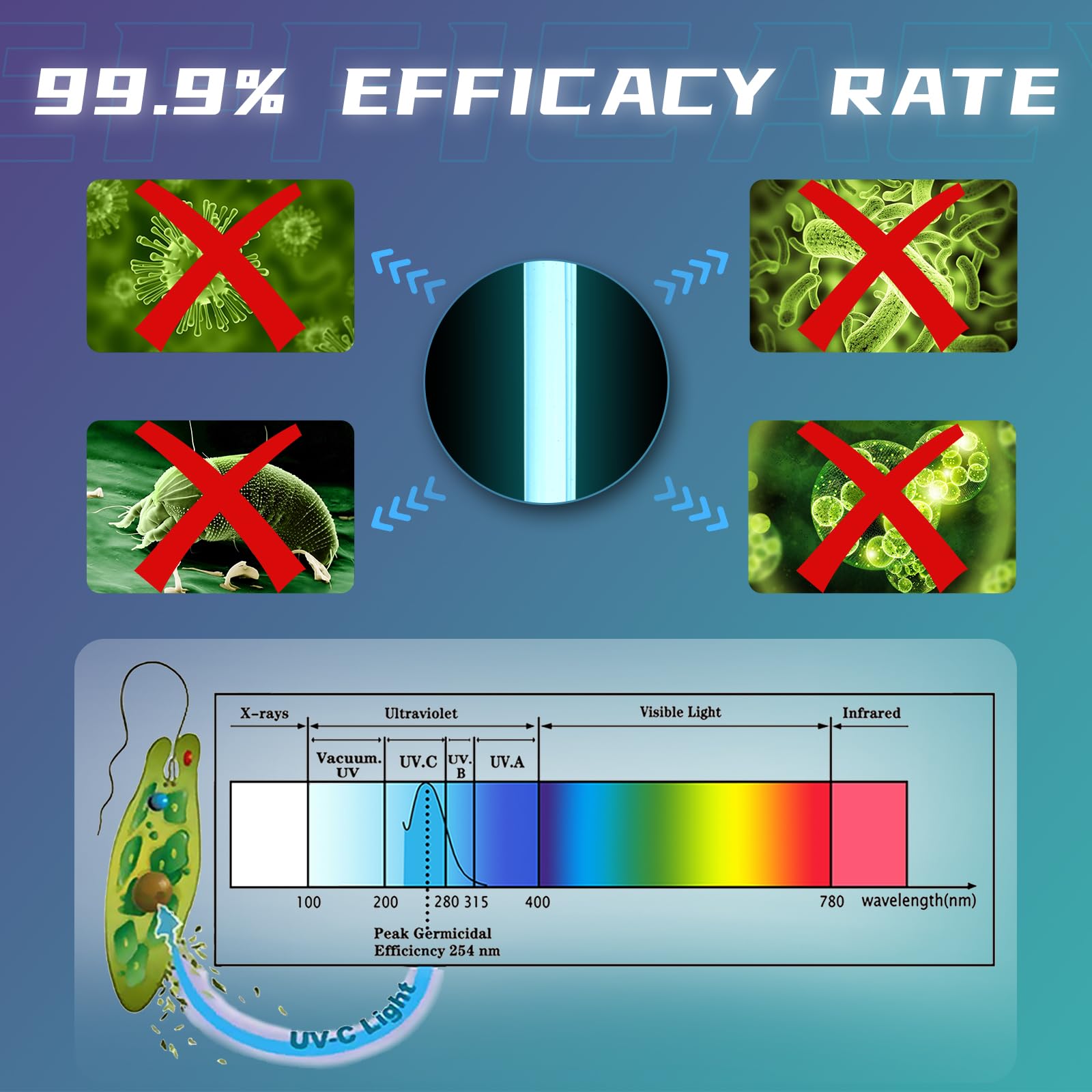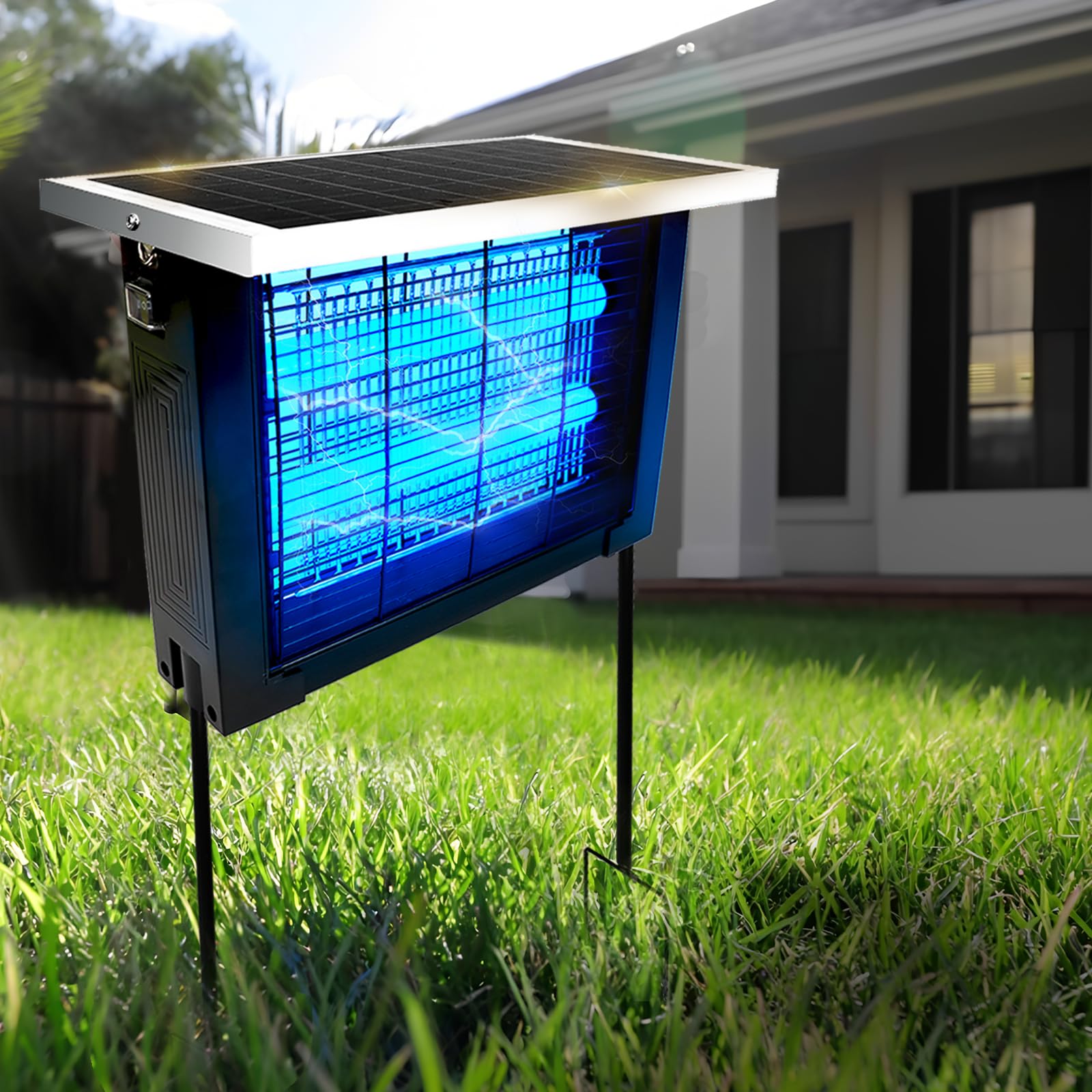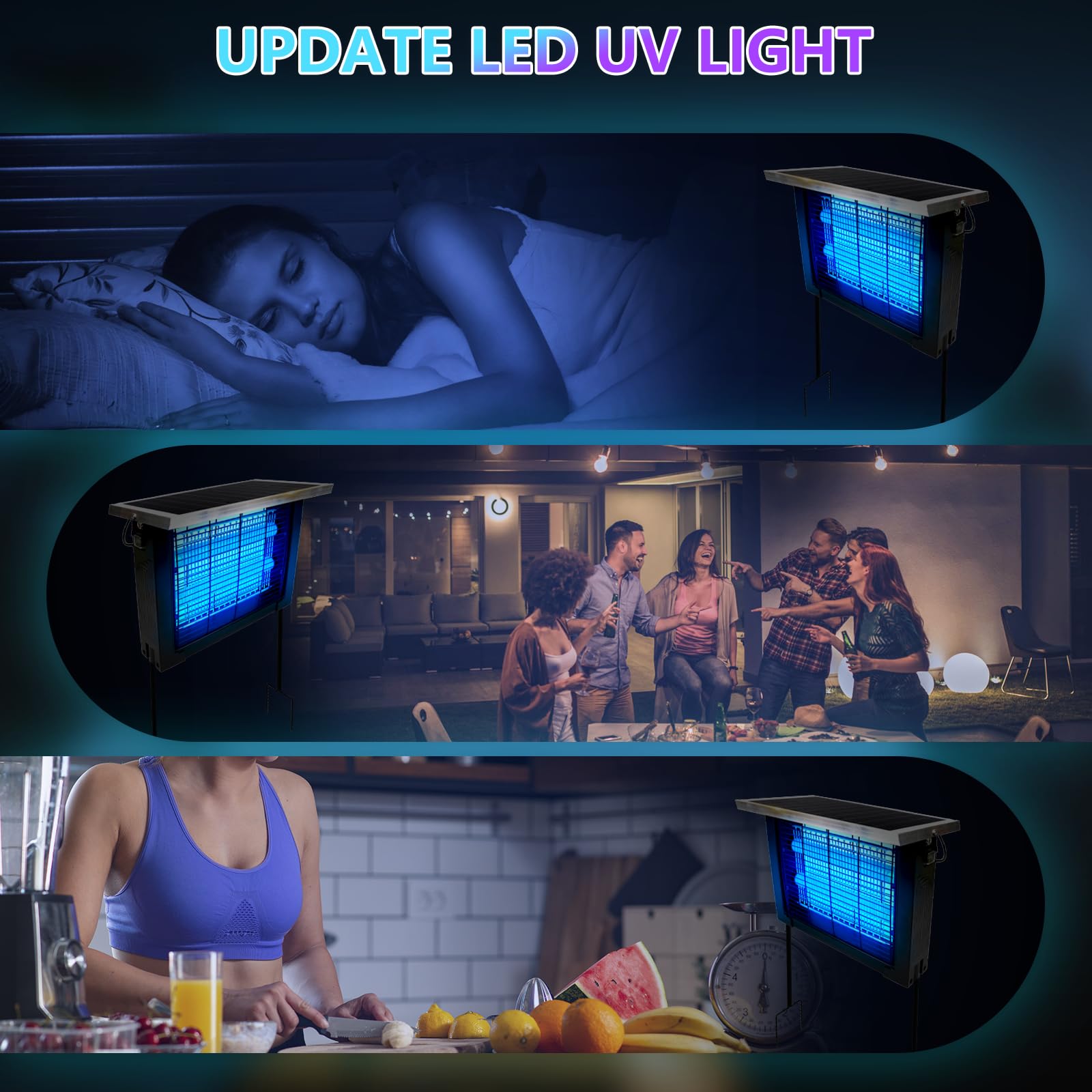Introduction to Electromagnetic Spectrum's Hidden Gems
While visible light occupies just a sliver of the electromagnetic spectrum, its invisible neighbors—ultraviolet (UV) and infrared (IR) radiation—power countless modern technologies. UV rays (10-400 nm) and IR waves (700 nm-1 mm) have become indispensable across healthcare, manufacturing, environmental science, and even art preservation. This 6,000+ word exploration unveils their transformative roles through 10+ industry case studies, technical insights, and future trends.
Section 1: Ultraviolet Radiation – Beyond Sunburns
1.1 Medical & Sanitation Applications
-
Disinfection Systems: UV-C (100-280 nm) destroys 99.9% of pathogens without chemicals. Hospitals use UV robots for operating rooms, while water treatment plants deploy 254 nm lamps to neutralize cholera and E. coli.
-
Therapeutic Uses: Controlled UV-B exposure treats psoriasis and vitiligo by modulating skin cell growth. NASA-developed UV LED arrays now enable portable phototherapy.
1.2 Industrial & Manufacturing
-
Curing Technology: UV inks/paints dry instantly in 3D printing and automotive coatings via free-radical polymerization (e.g., Mercedes-Benz’s eco-friendly paint shops).
-
Forensics: Crime labs use UV-A (315-400 nm) to detect counterfeit bills (security threads fluoresce) or latent fingerprints treated with cyanoacrylate.
1.3 Space & Astronomy
-
Hubble’s UV sensors map young star formation by capturing high-energy emissions obscured in visible light.
Section 2: Infrared Radiation – The Invisible Workhorse
2.1 Thermal Imaging & Security
-
Military/Night Vision: IR cameras detect heat signatures at 8-14 μm wavelengths. FLIR systems track personnel through smoke or foliage.
-
Building Inspections: Drones with IR thermography identify heat leaks (energy audits save 30% HVAC costs).
2.2 Healthcare Innovations
-
Non-Invasive Diagnostics: IR spectroscopy analyzes blood glucose or cancer biomarkers via molecular vibration patterns (research by MIT’s IRx team).
-
Physical Therapy: 810 nm near-IR lasers reduce muscle inflammation (FDA-approved for arthritis).
2.3 Agriculture & Environment
-
Precision Farming: Satellites like Landsat 9 use IR to monitor crop health (NDVI indices predict yields).
-
Climate Studies: IR satellites (e.g., AIRS) track CO2 concentrations and ocean thermal currents.
Section 3: Synergistic Technologies
-
UV-IR Hybrid Systems: Food processing combines UV disinfectants and IR dryers to extend shelf life (e.g., almond pasteurization).
-
Art Restoration: Multispectral imaging merges UV-induced fluorescence and IR reflectography to reveal Van Gogh’s hidden sketches.
Future Horizons
-
Quantum Dots: UV-activated nanoparticles for targeted drug delivery.
-
6G Communications: Proposed THz waves bridging IR and microwave bands.
Conclusion
From sterilizing operating rooms to probing distant galaxies, UV and IR technologies continue to redefine boundaries. As material science advances, these wavelengths will unlock even more breakthroughs—perhaps one day enabling UV-powered computers or IR-based wireless energy transfer.
